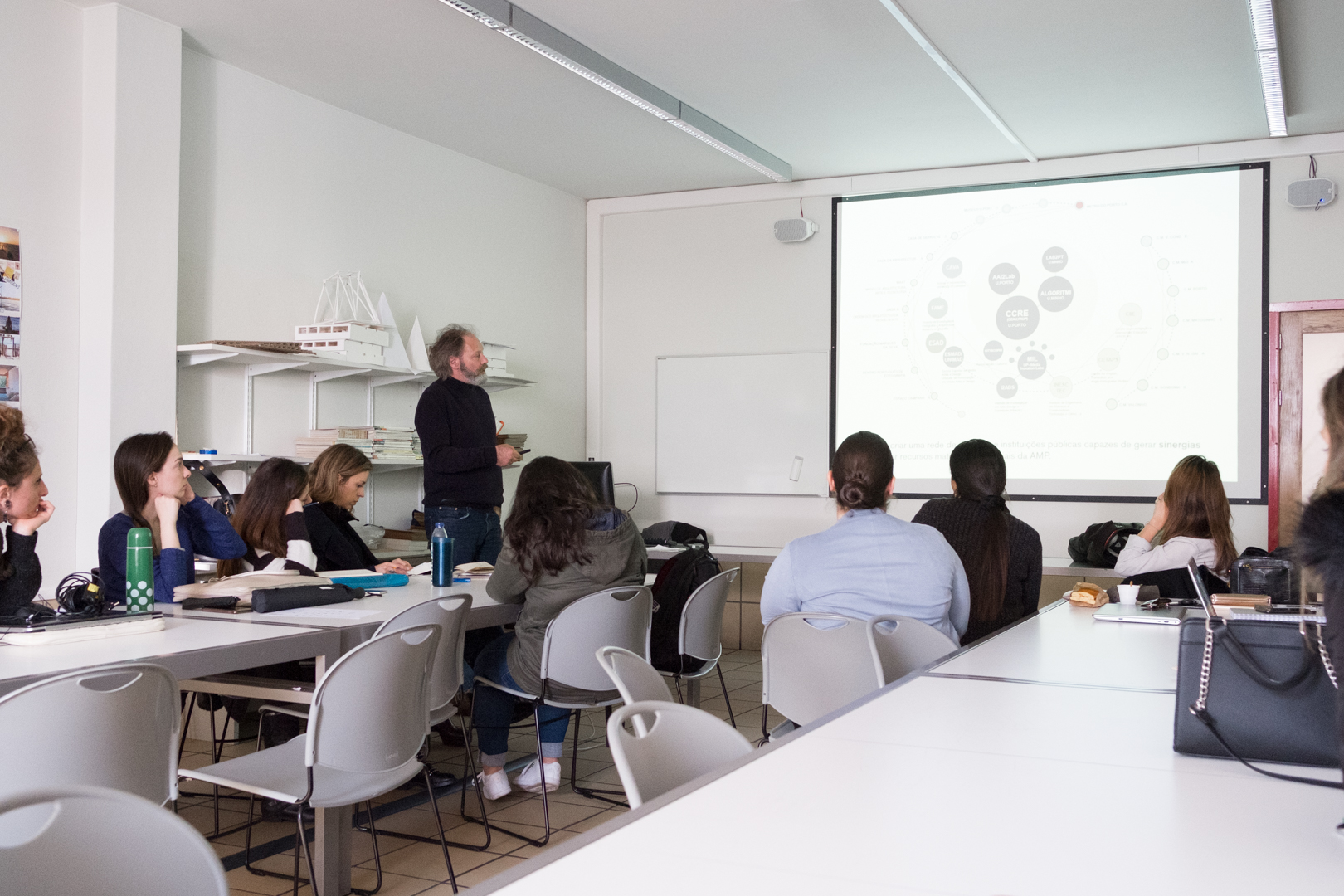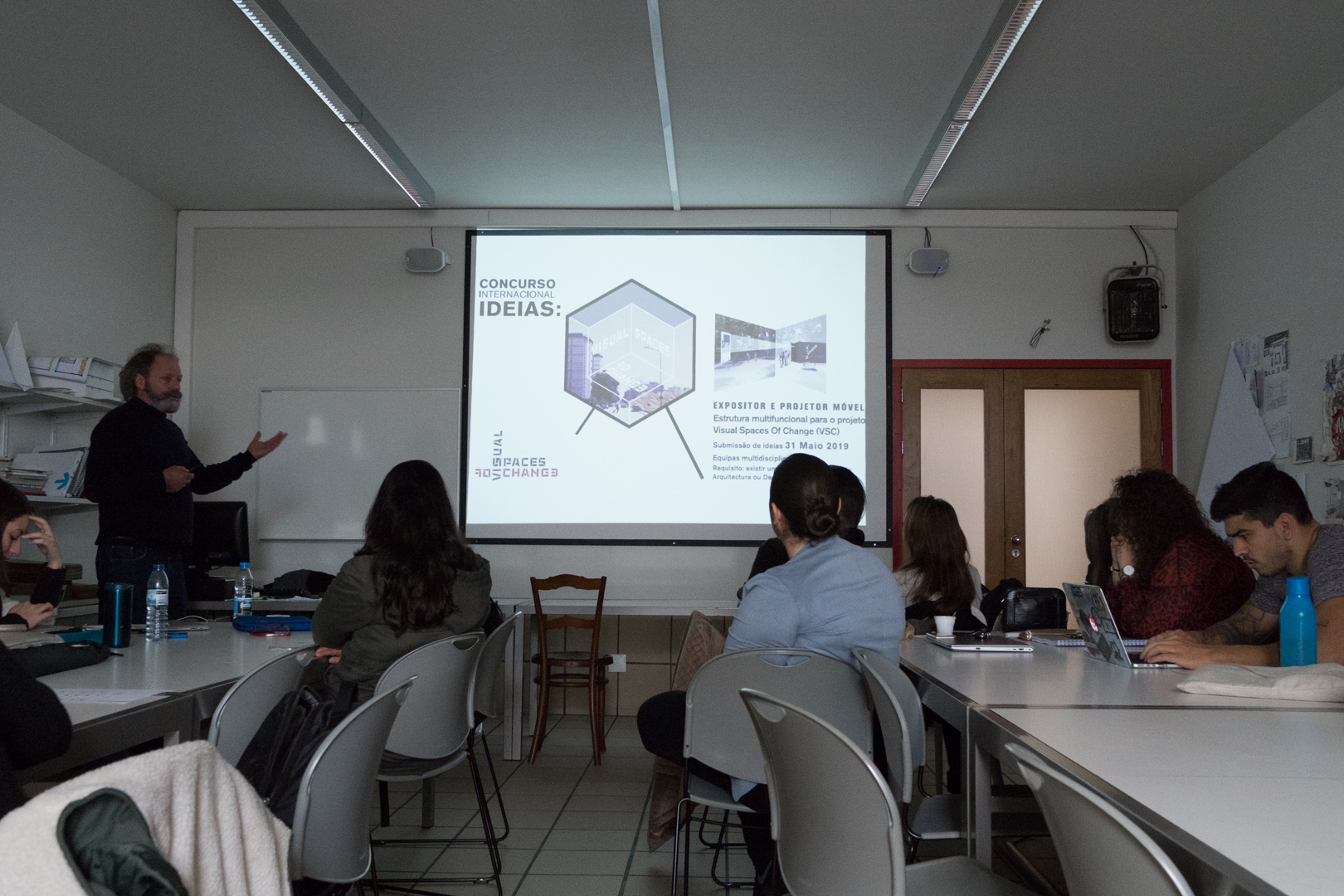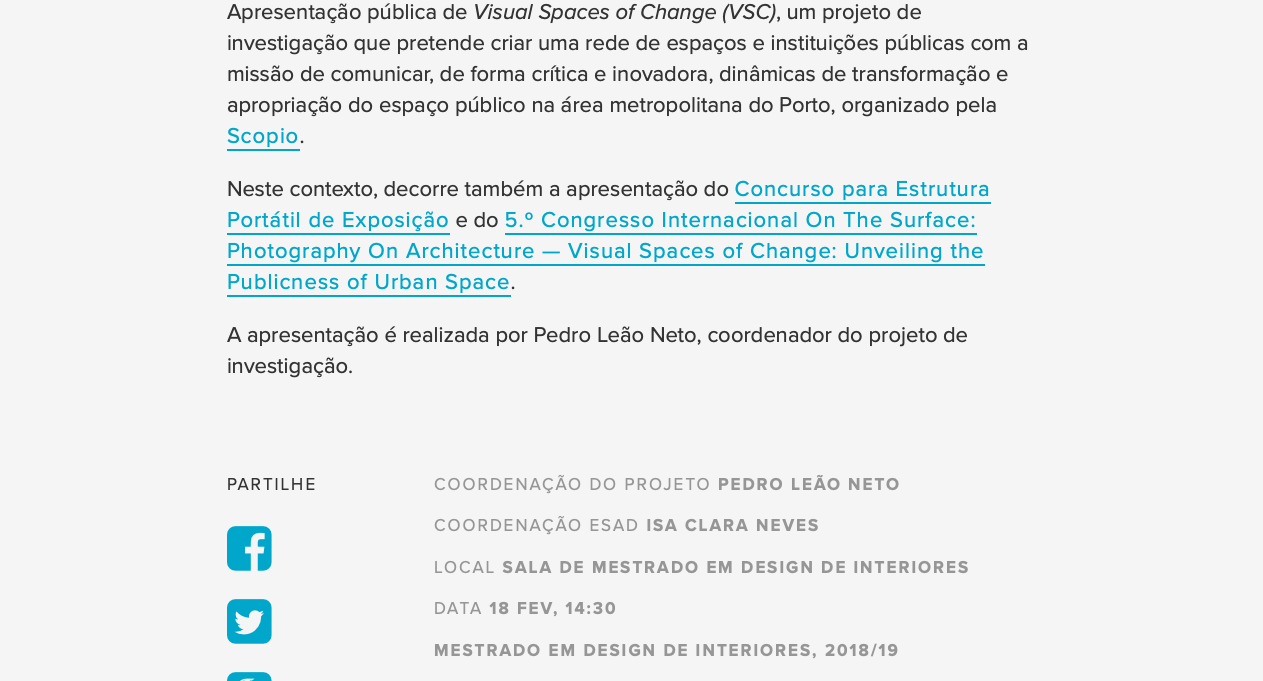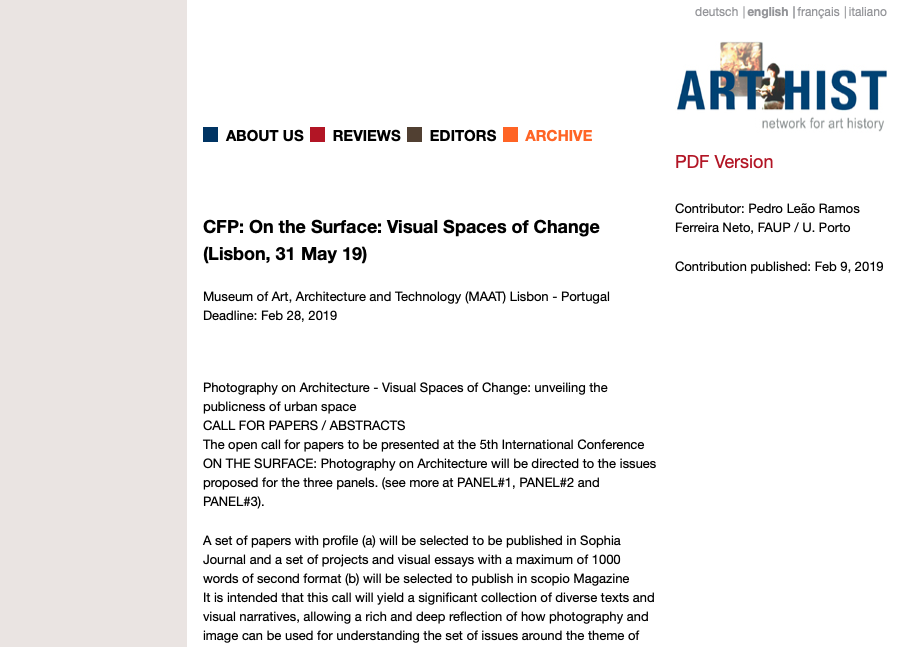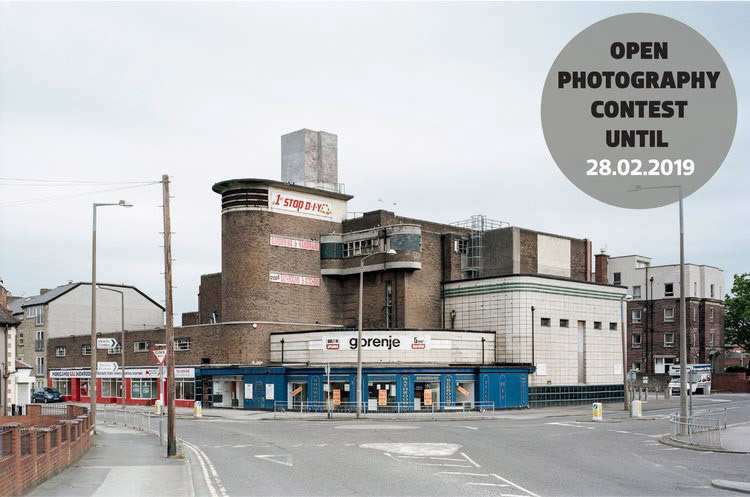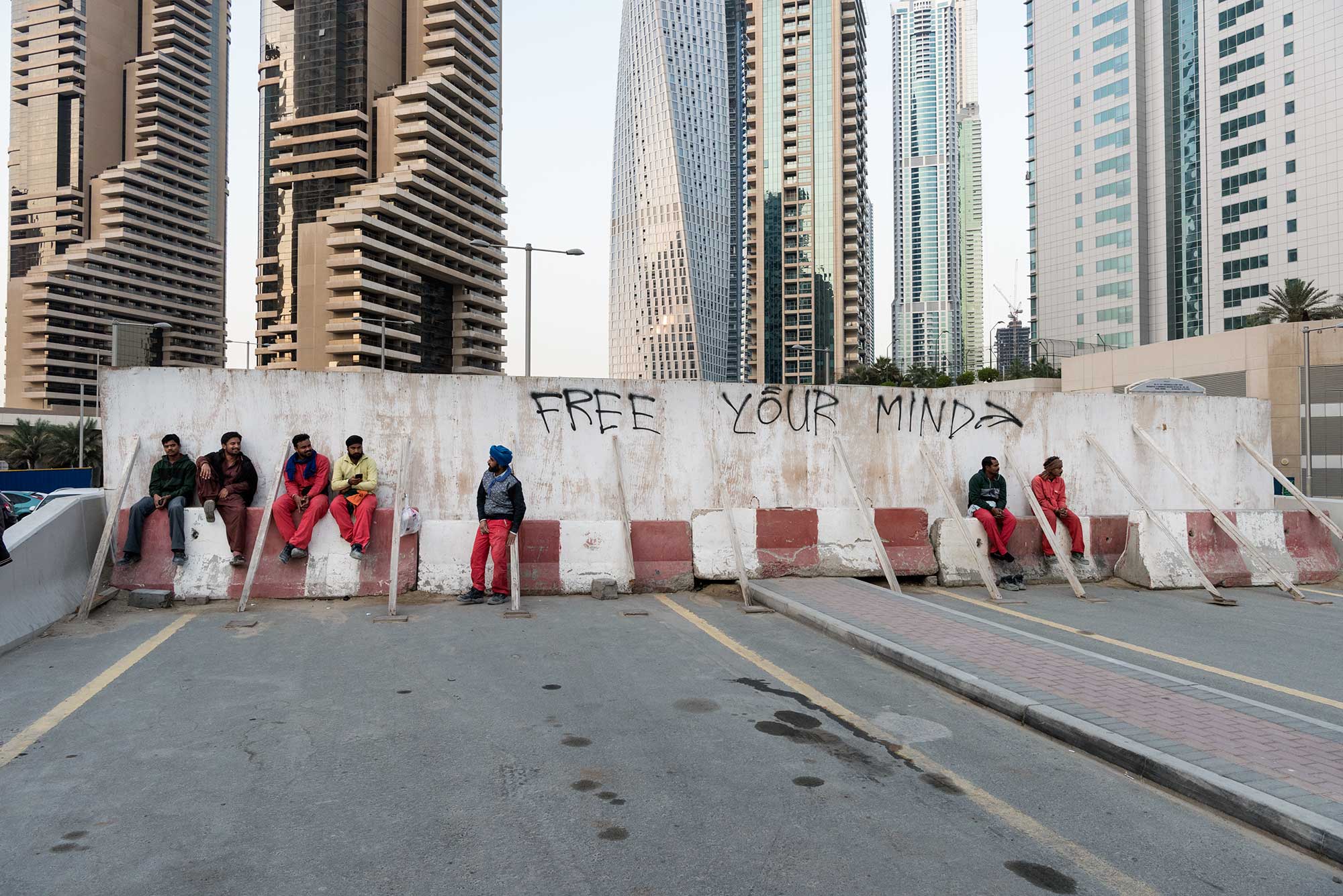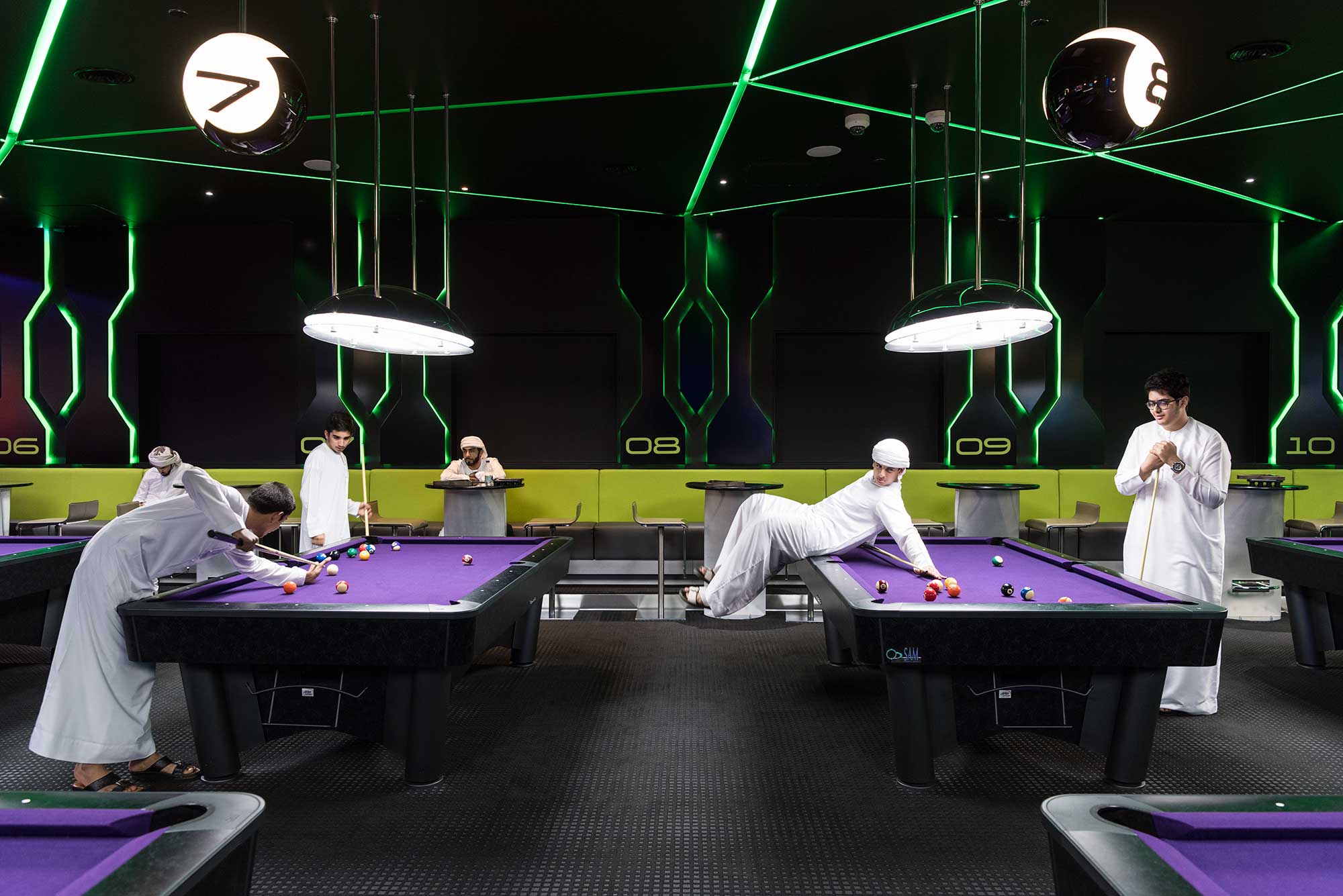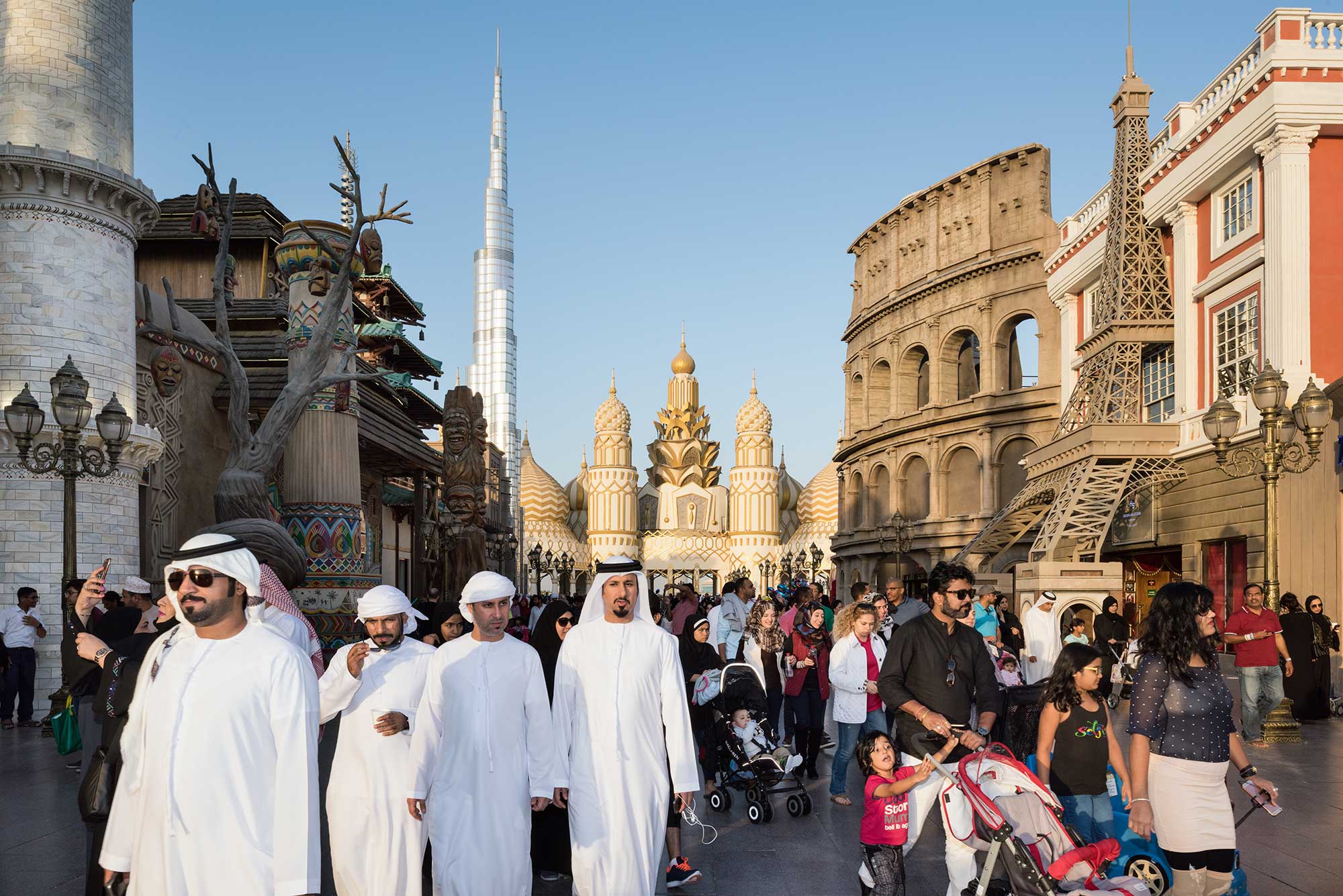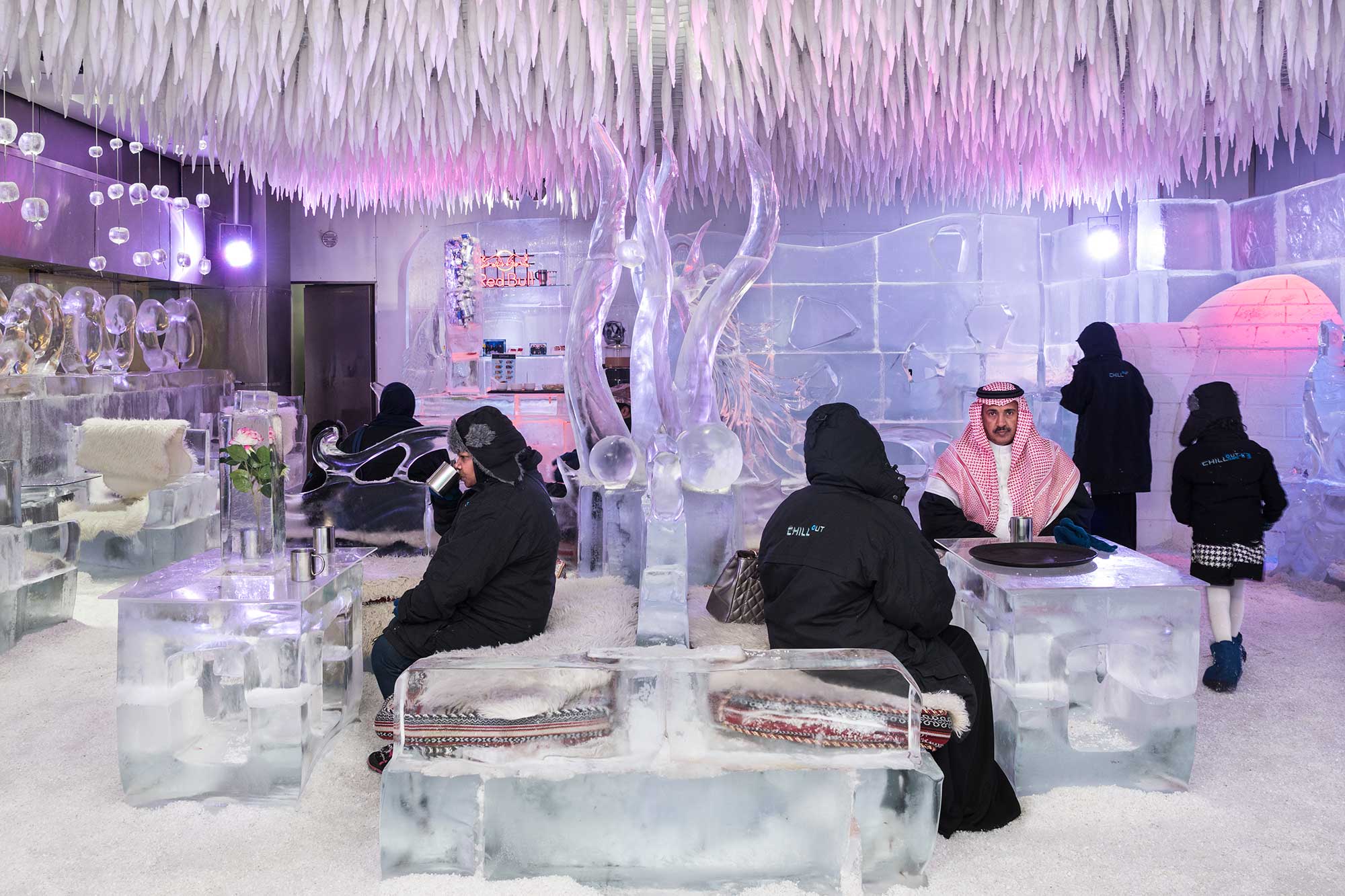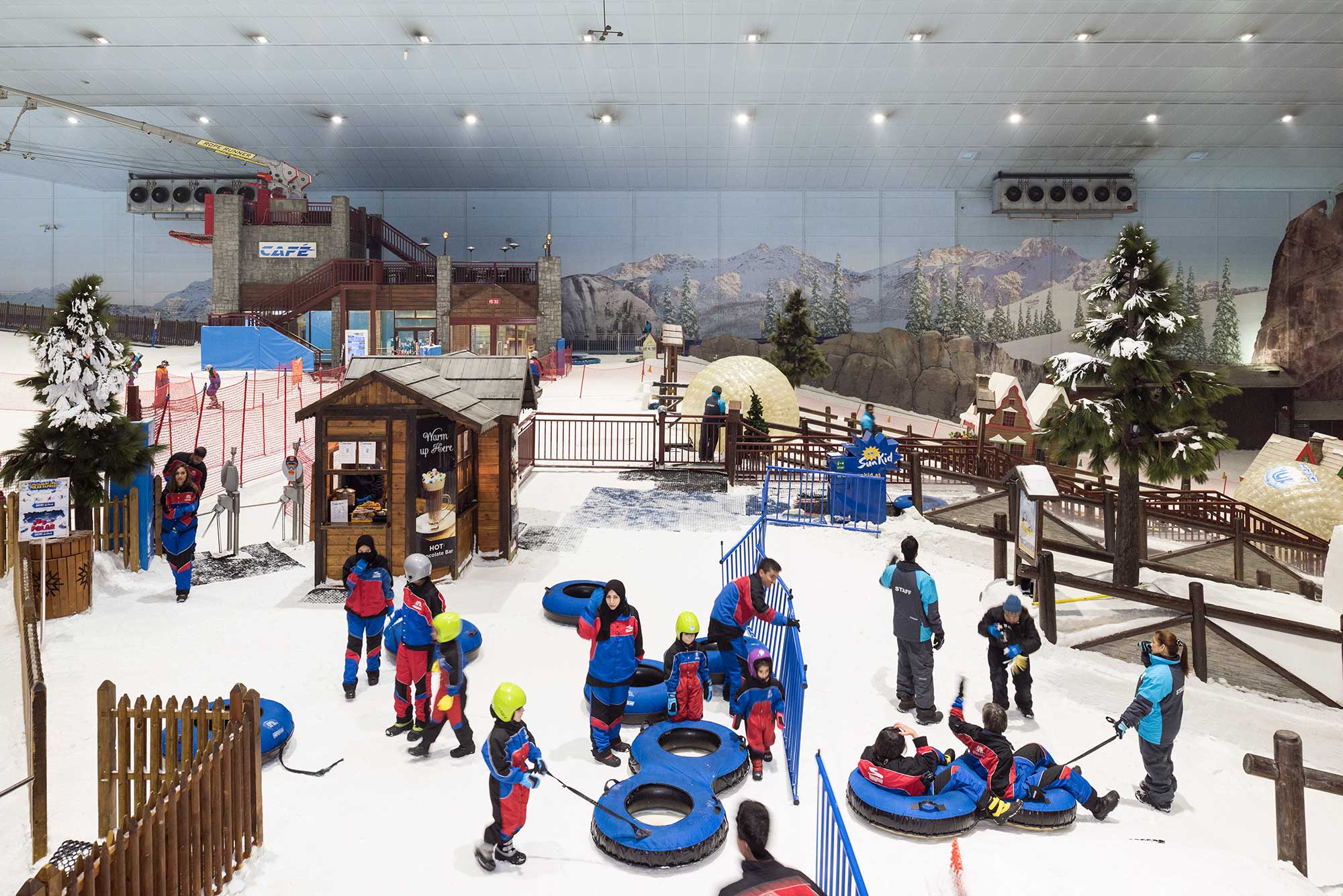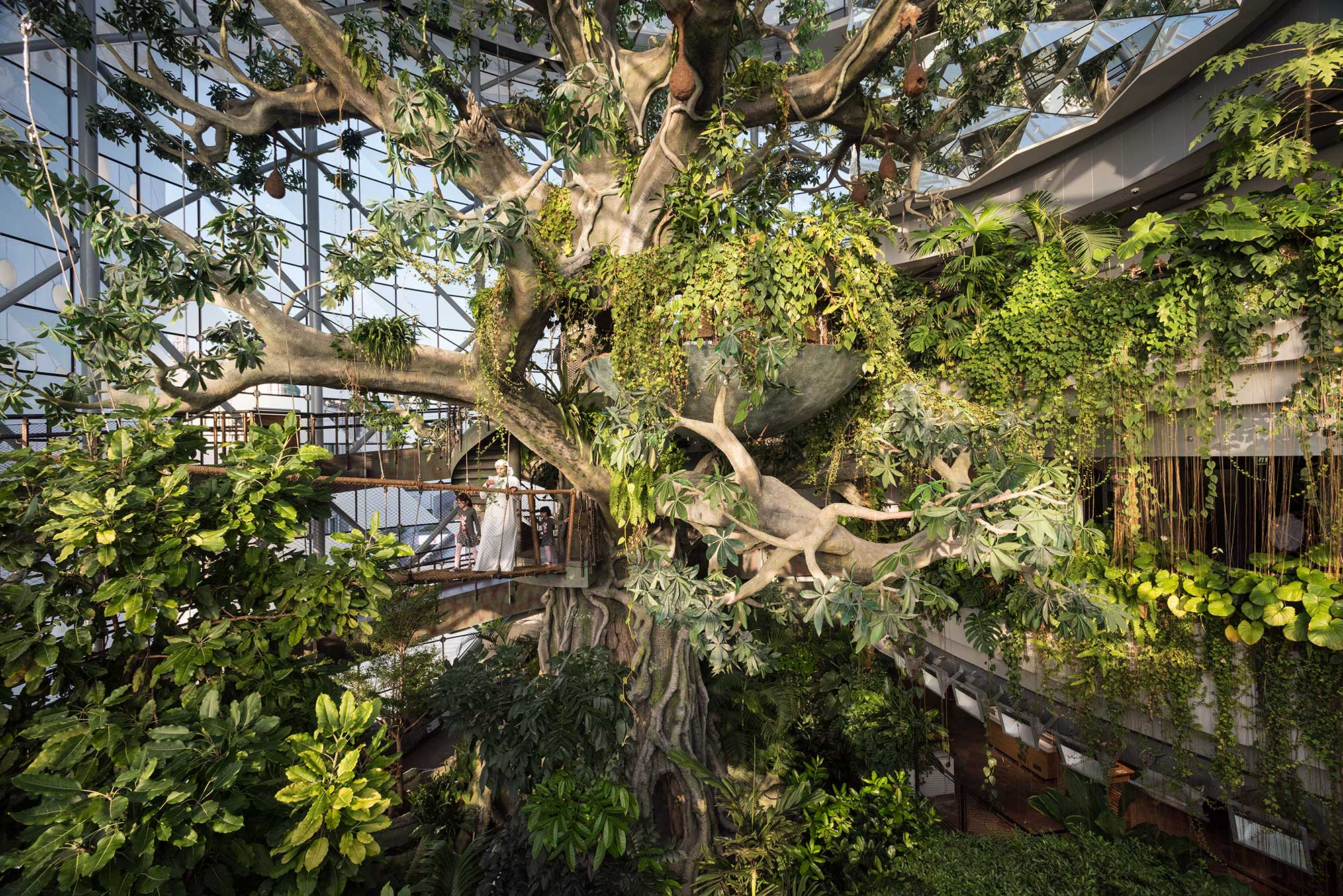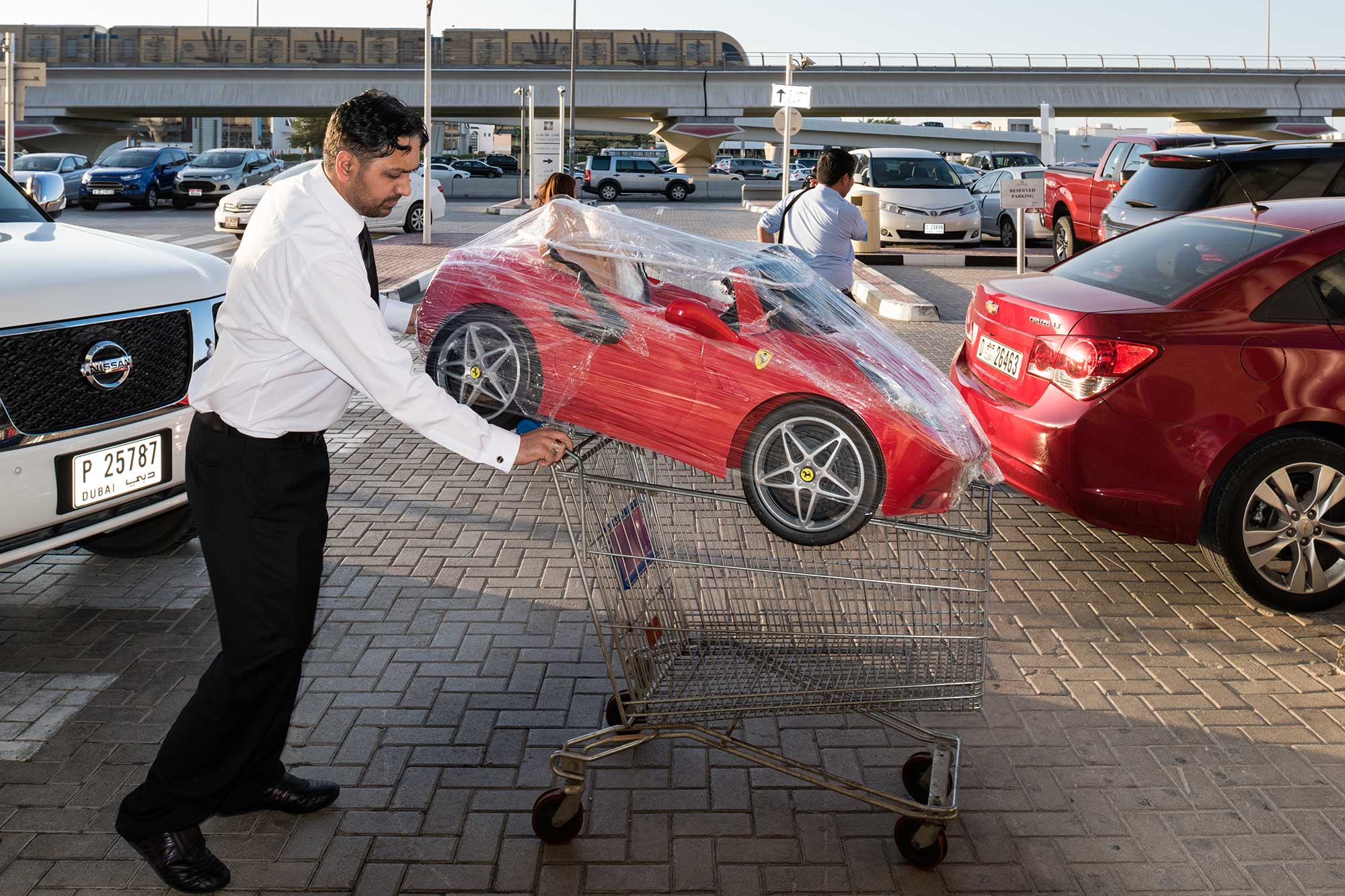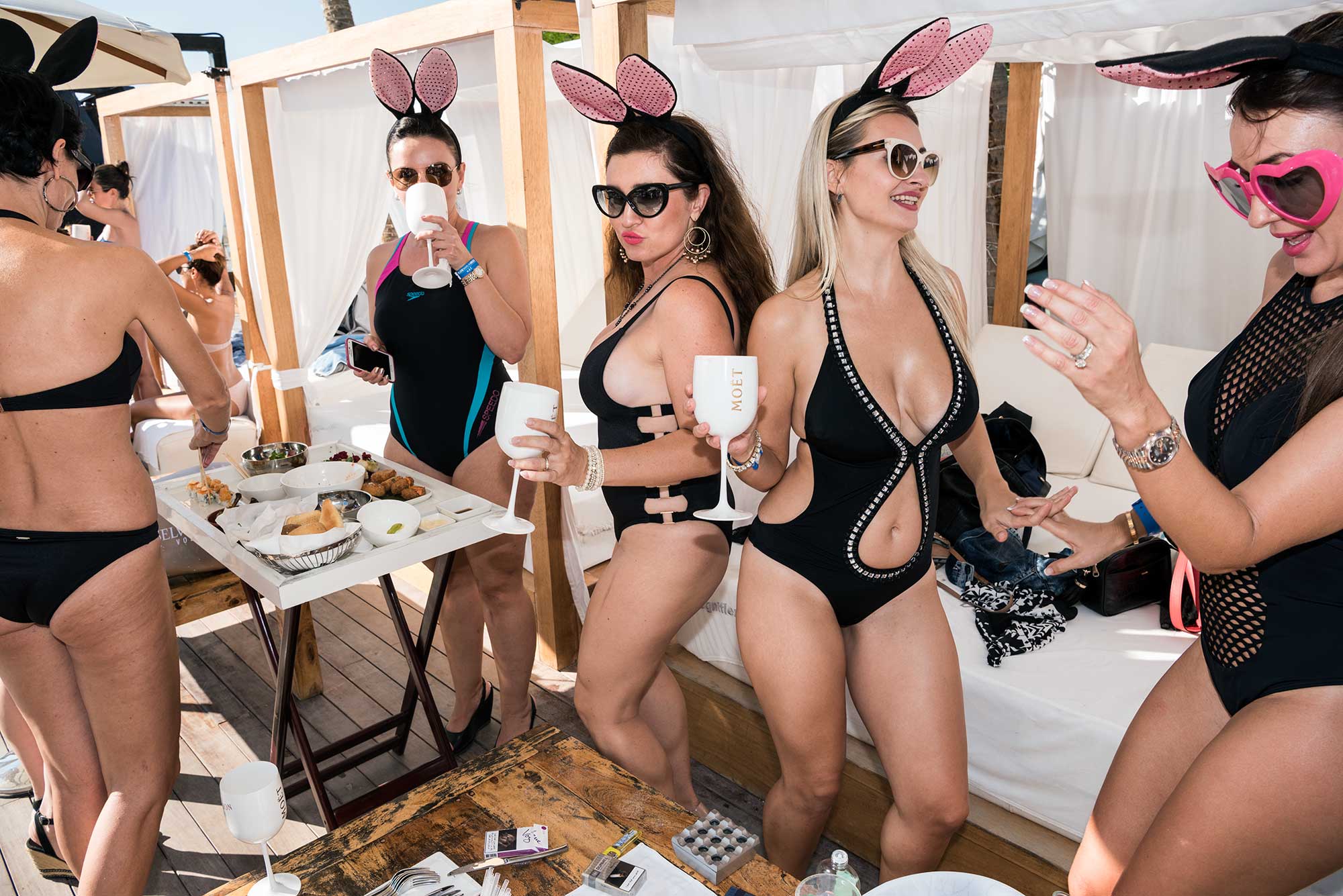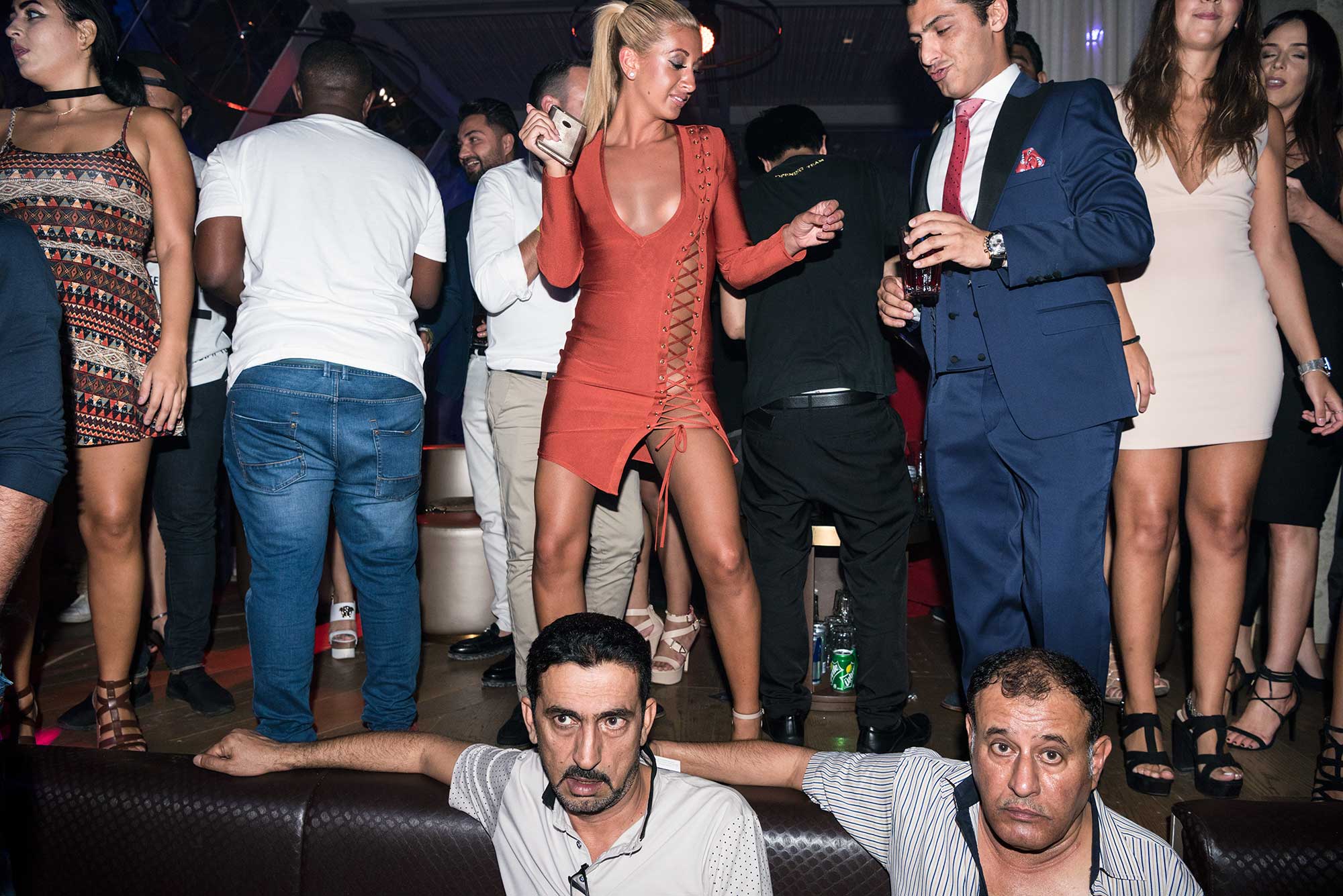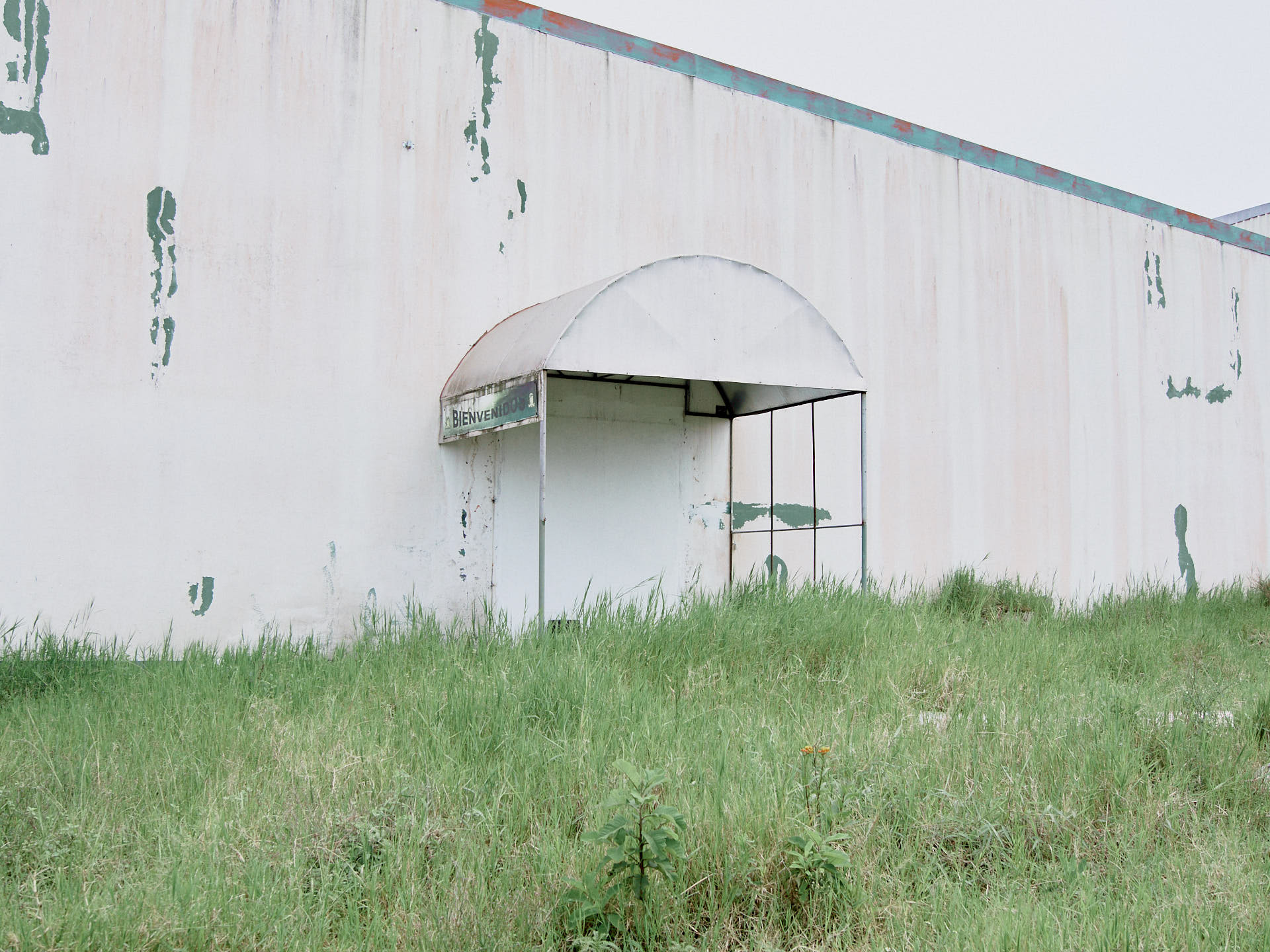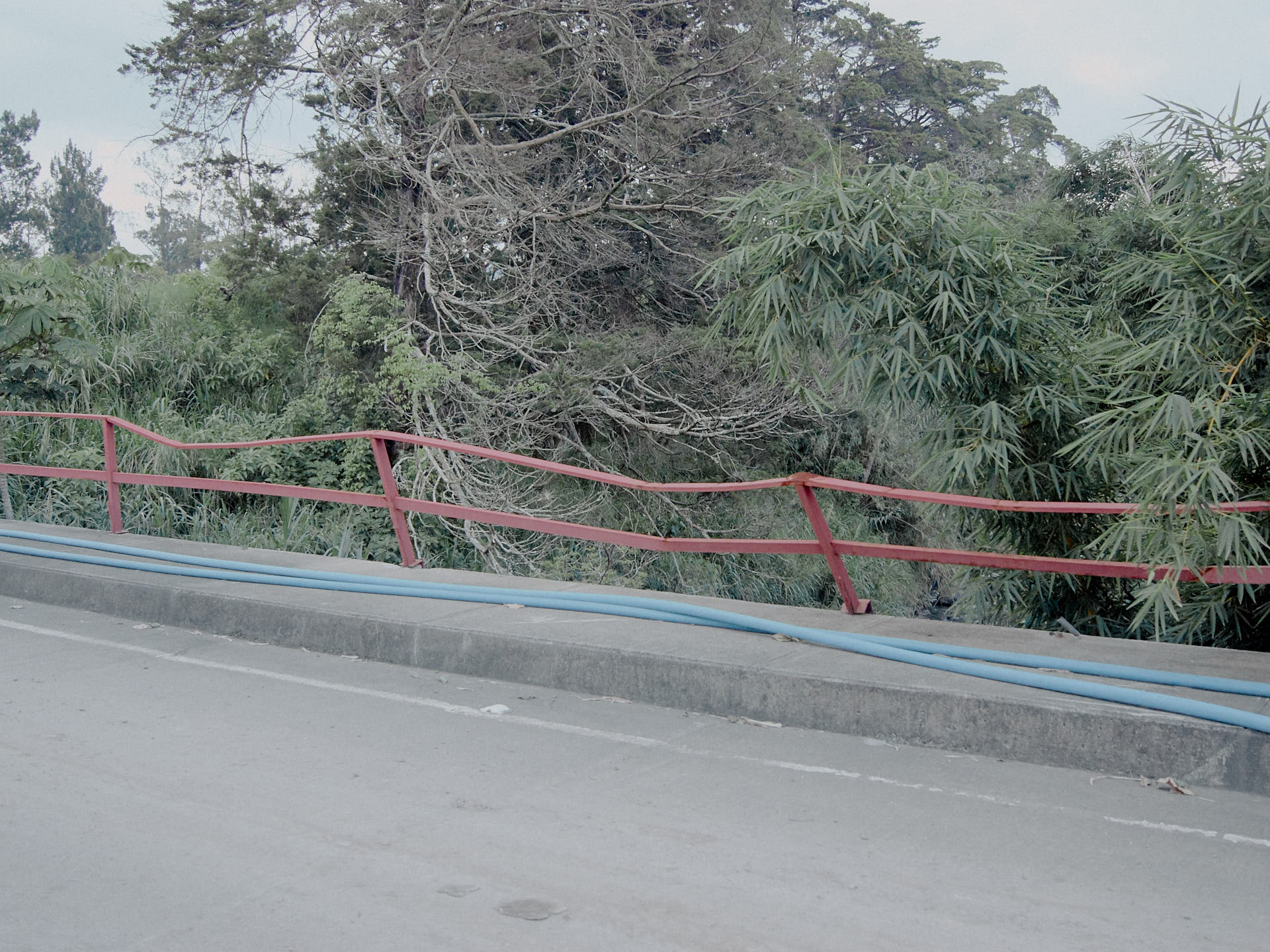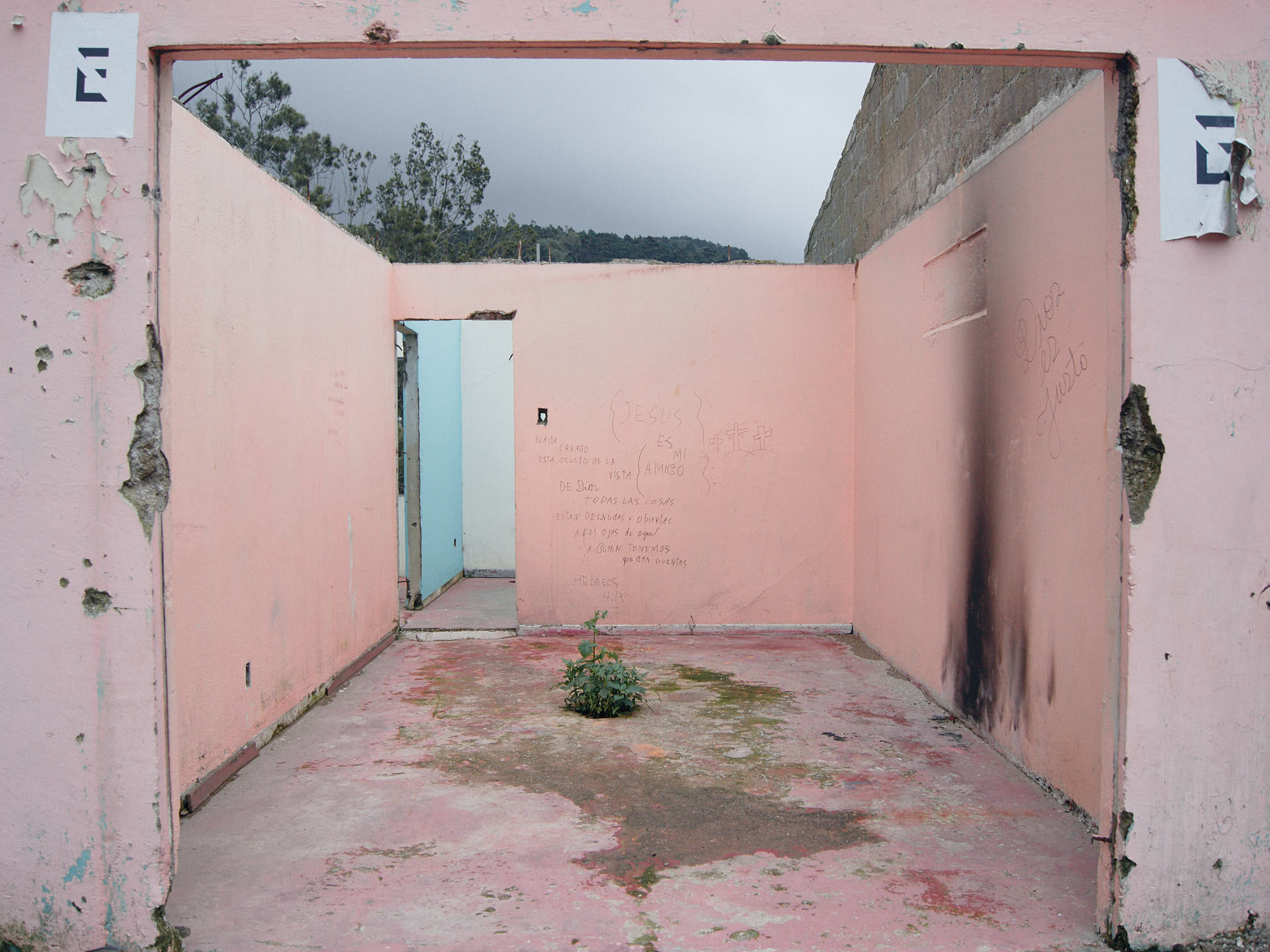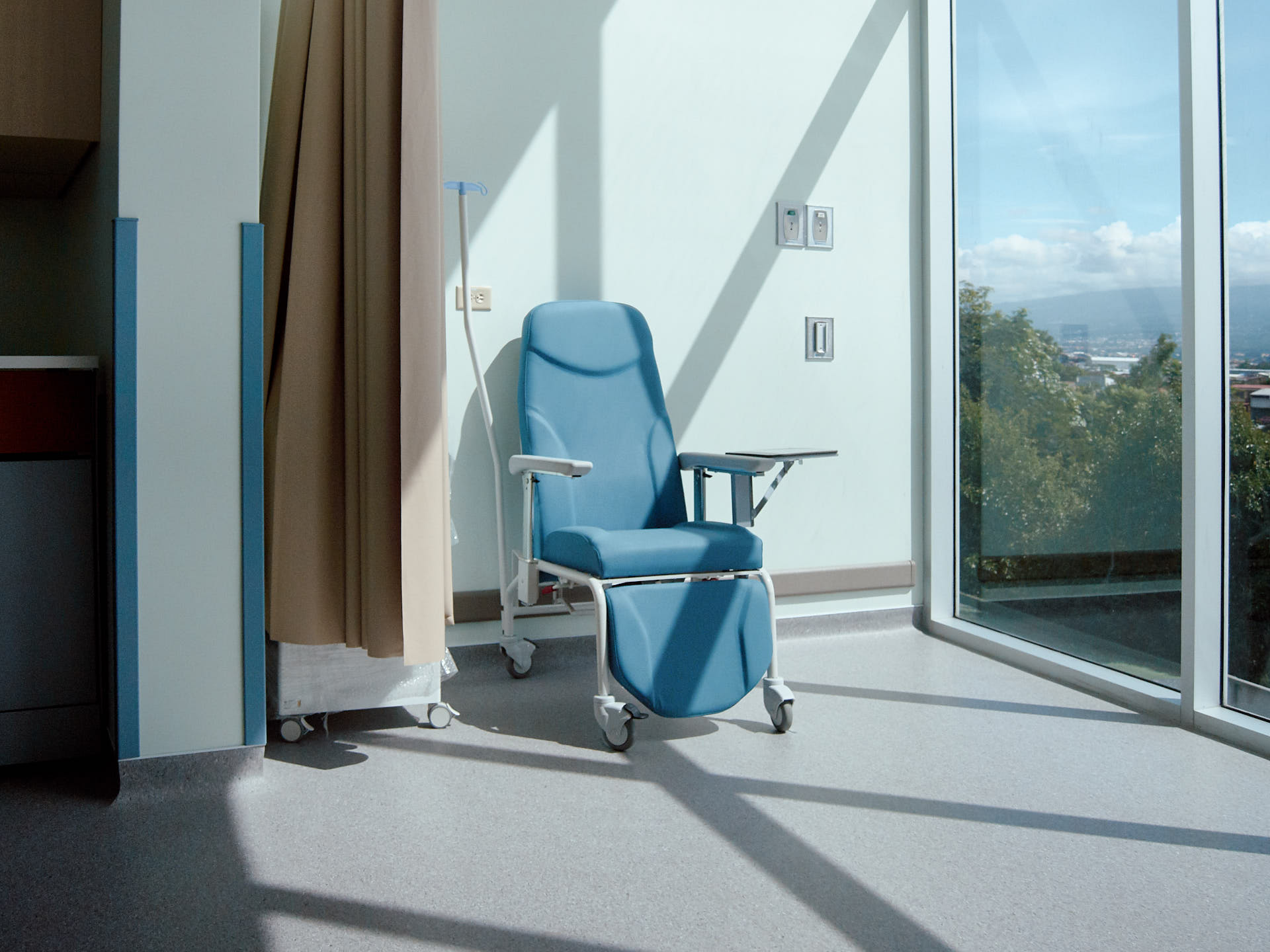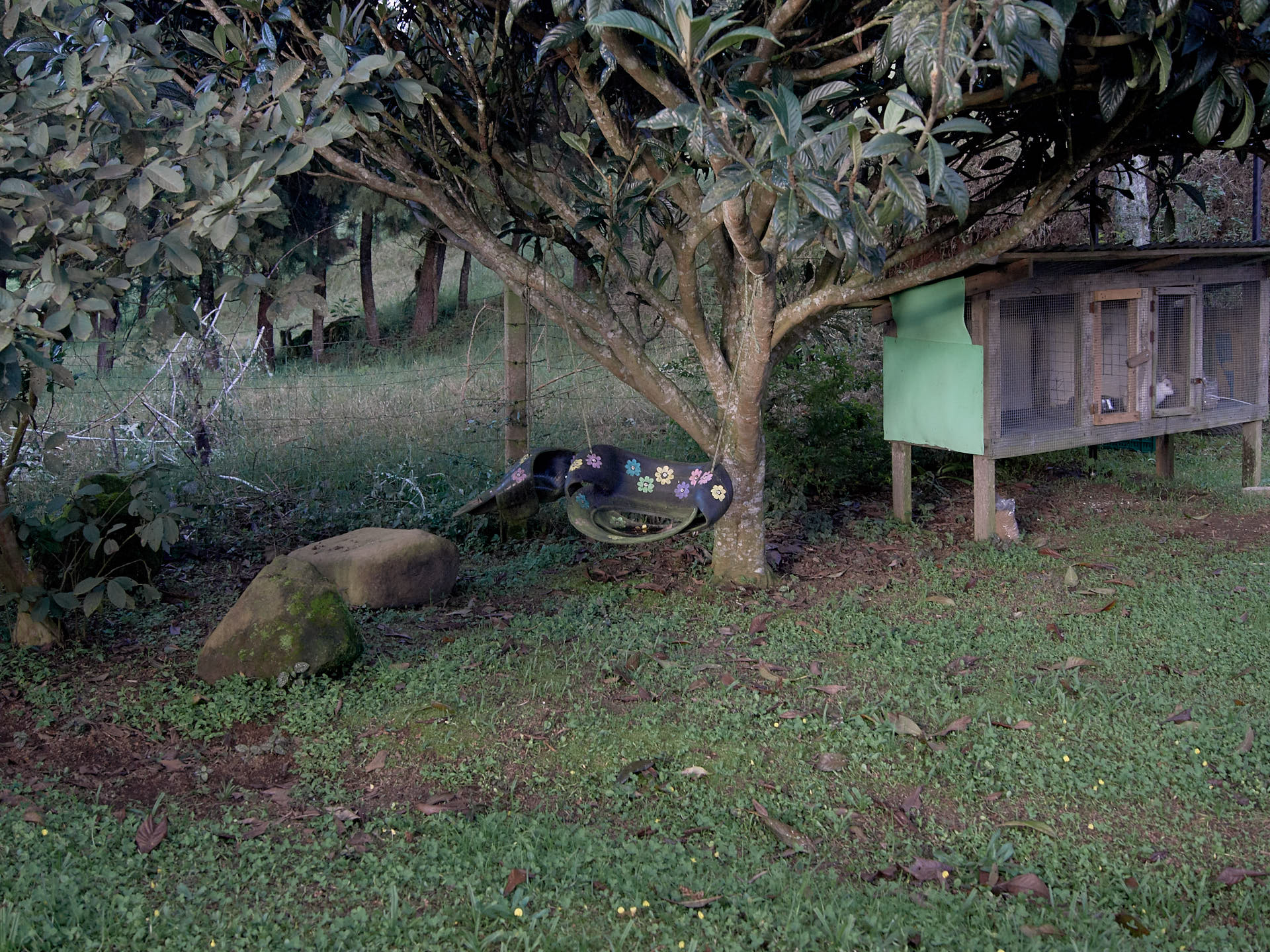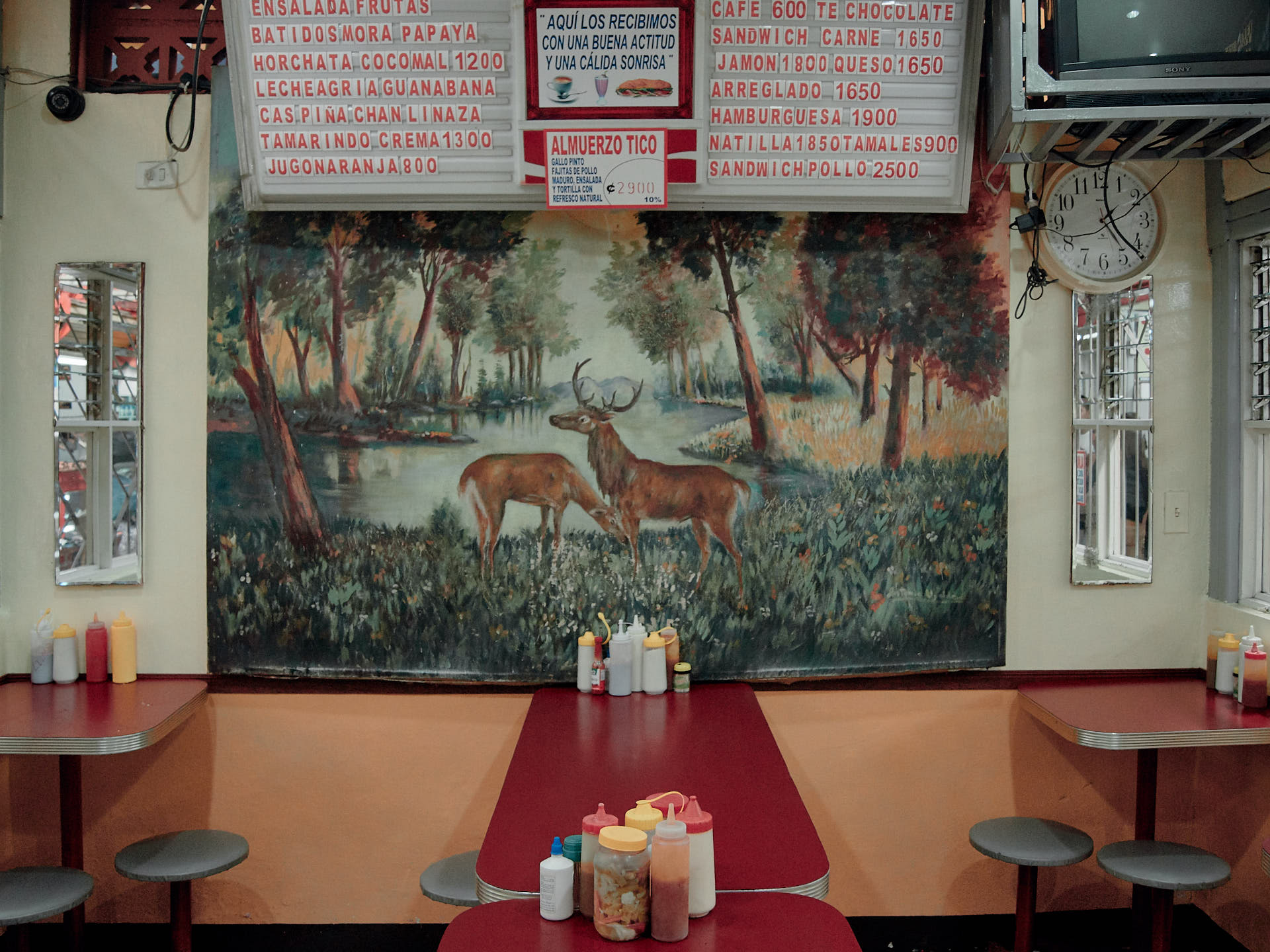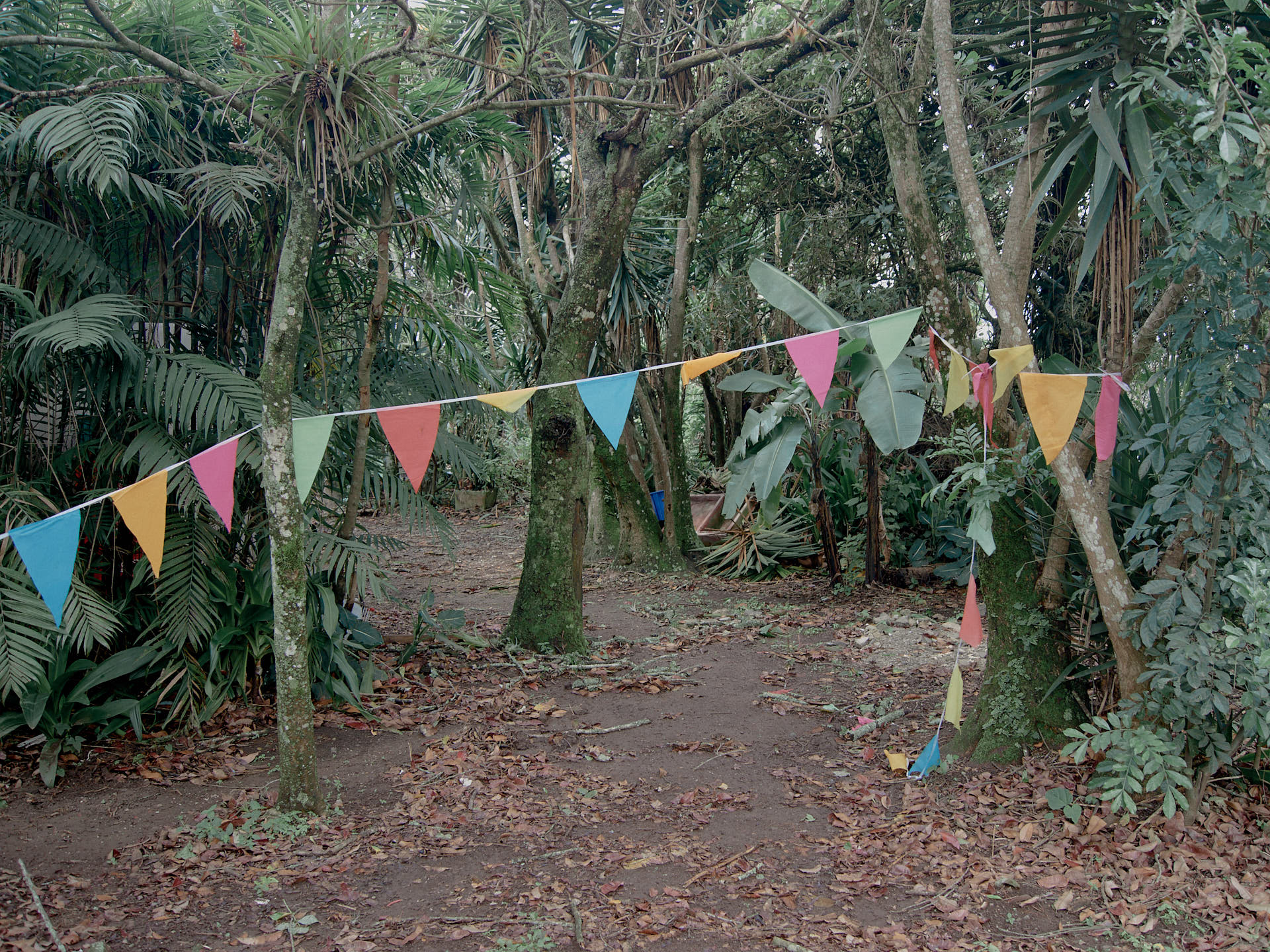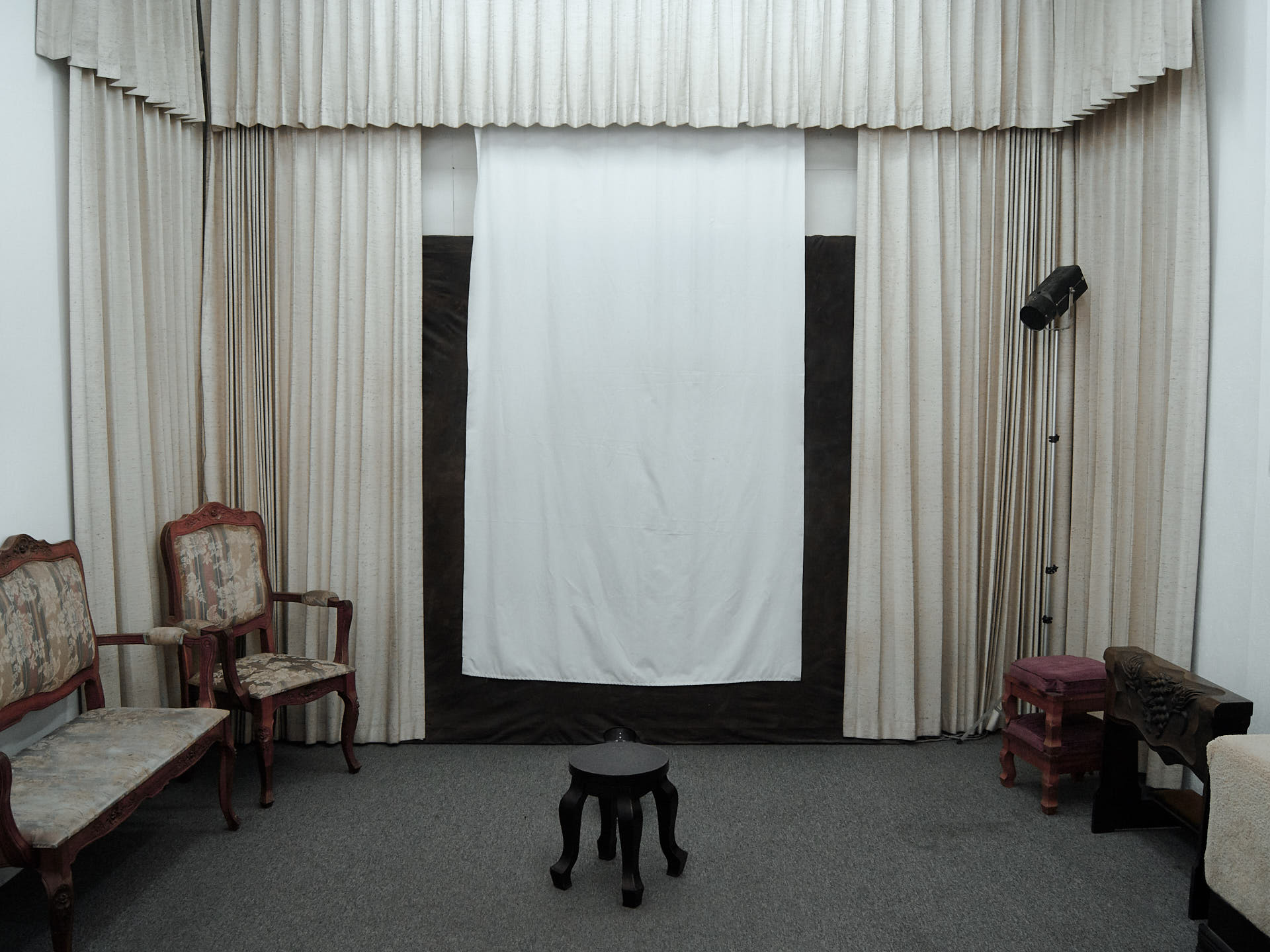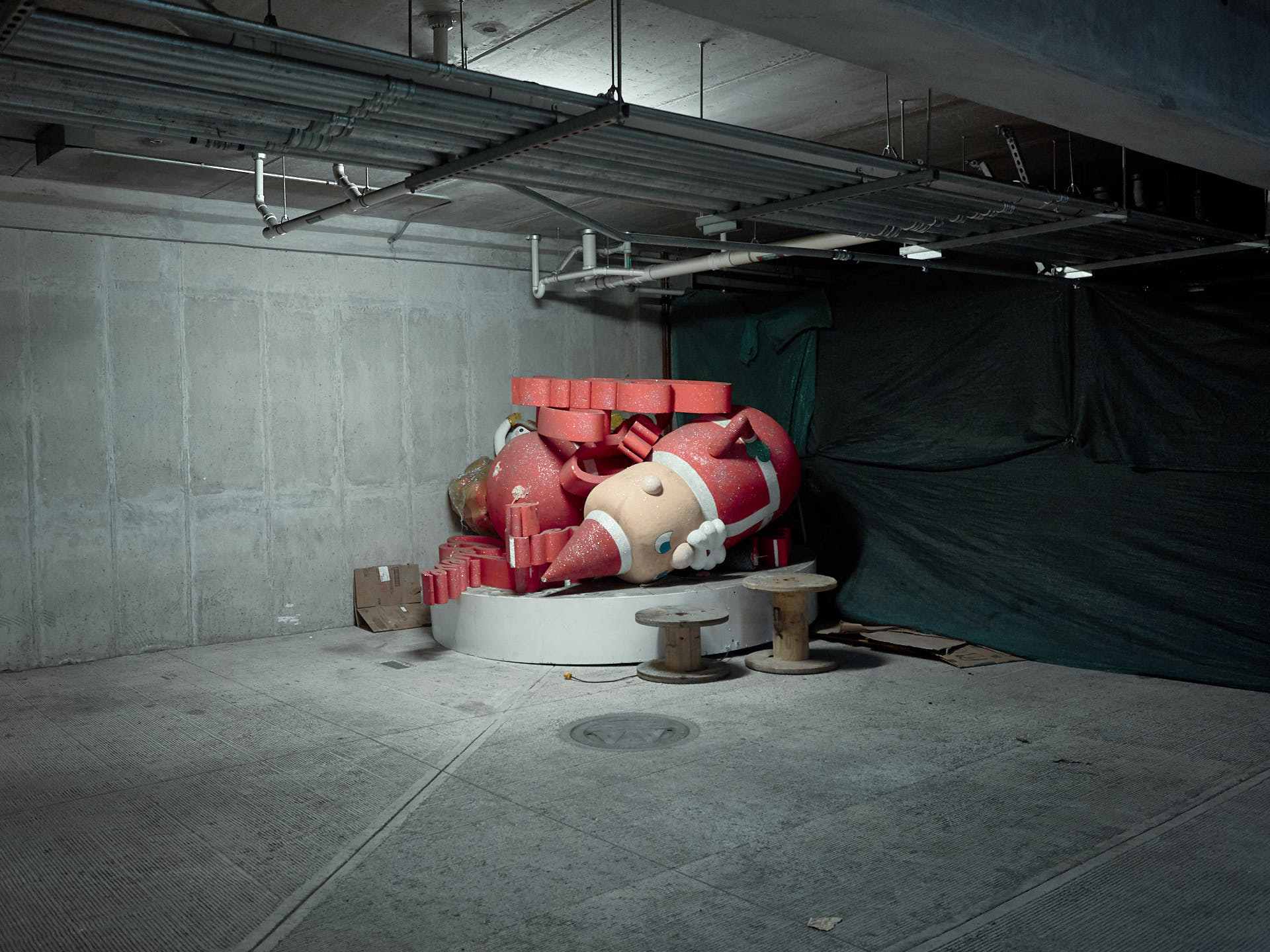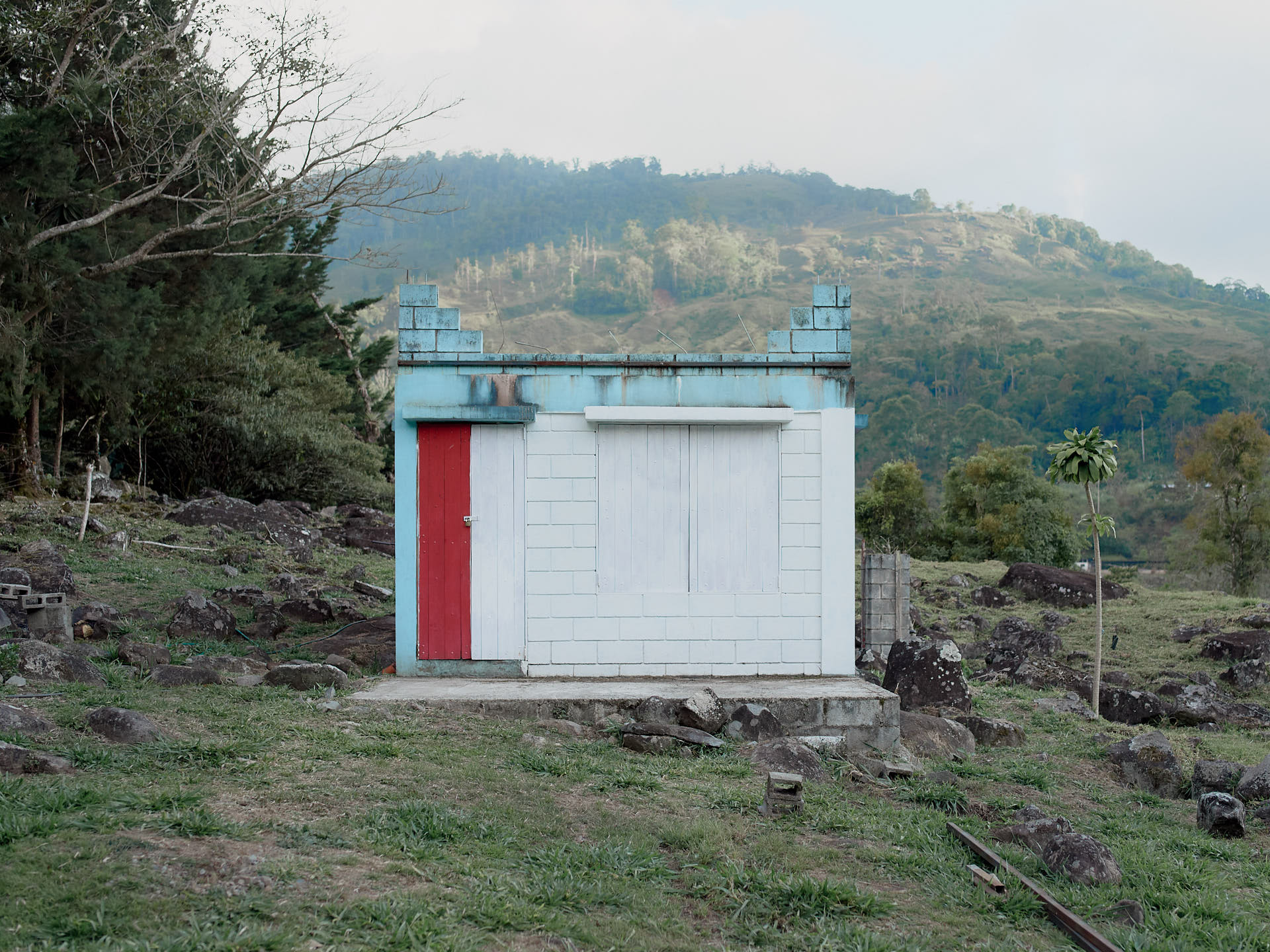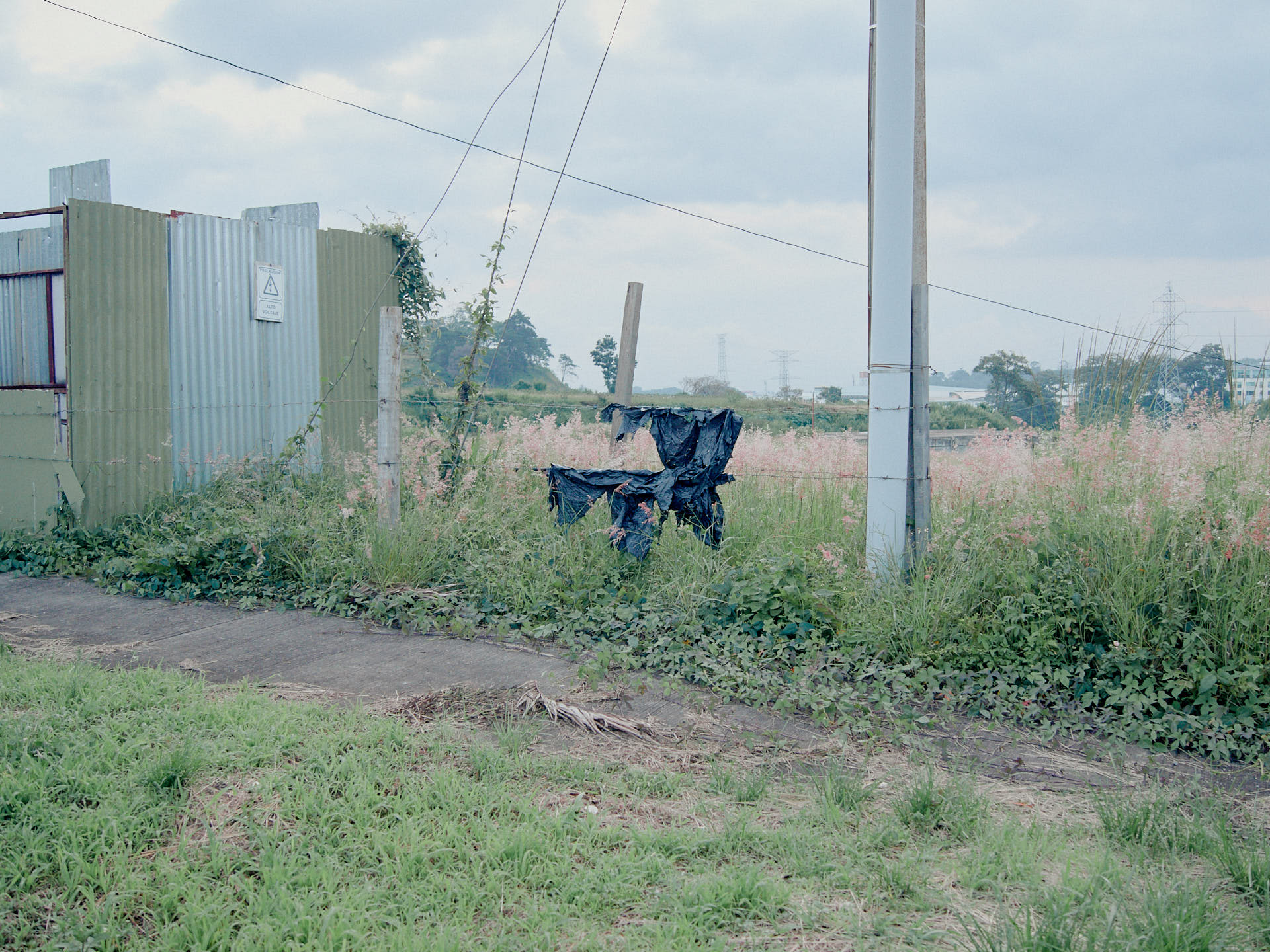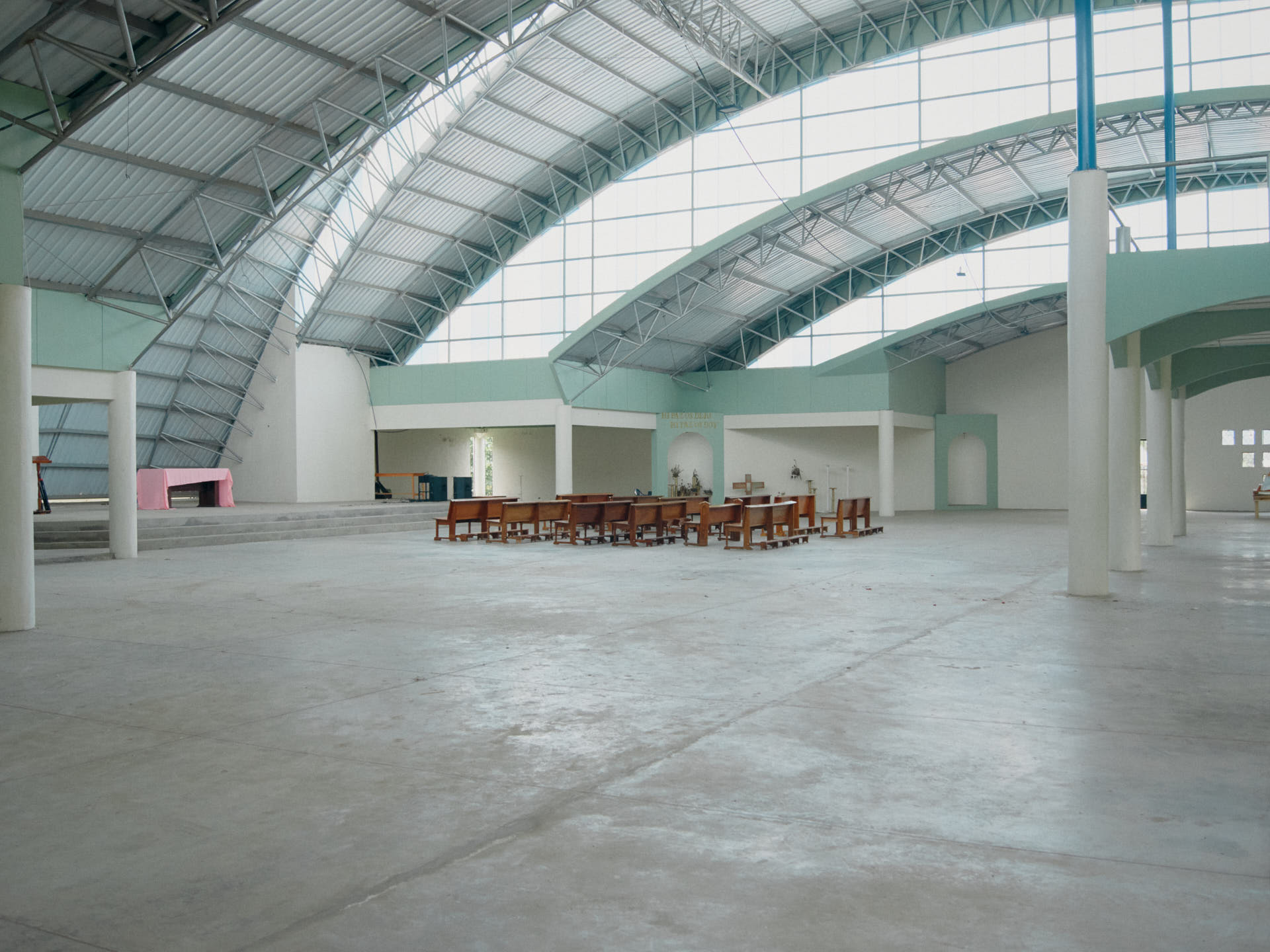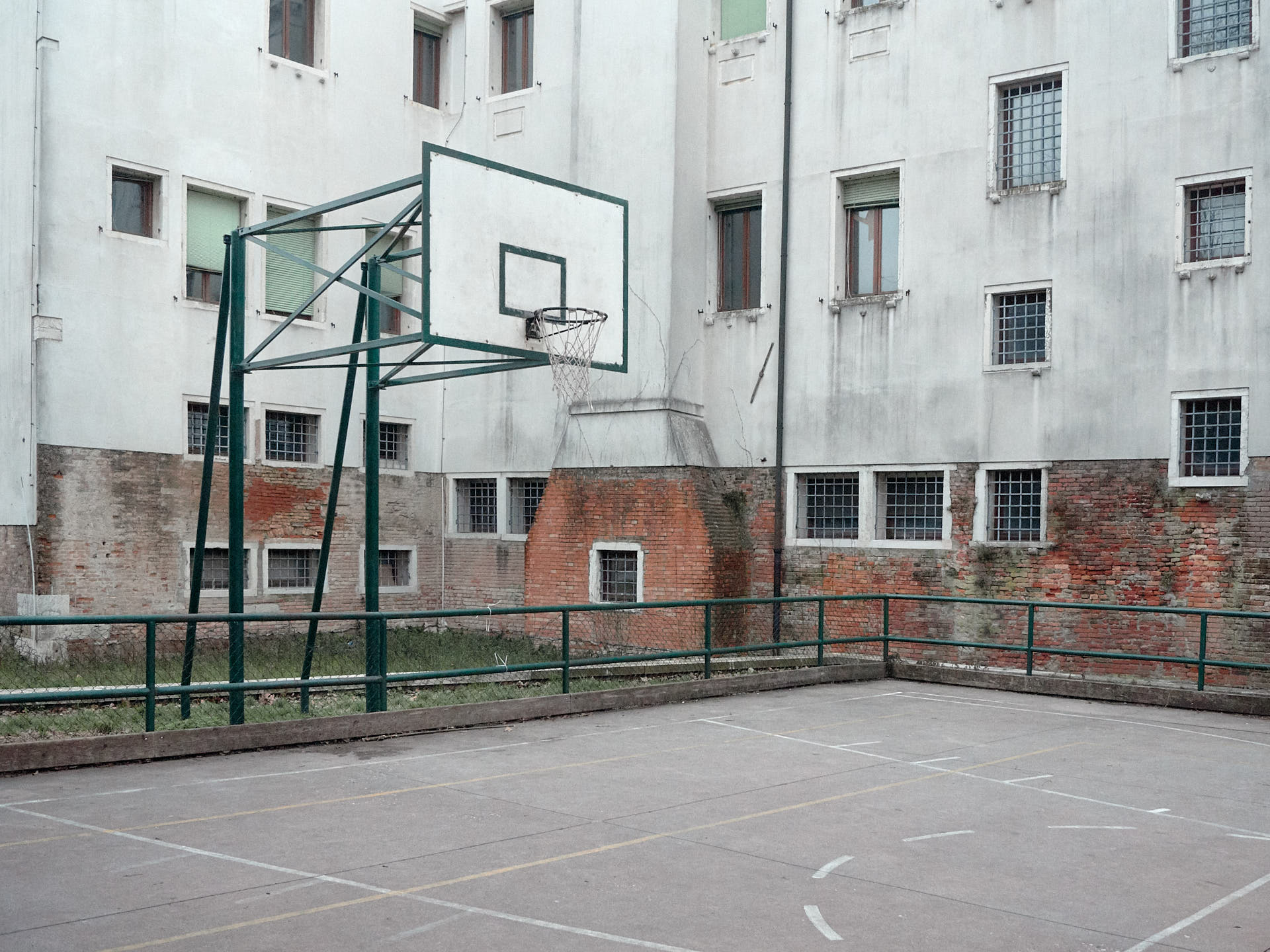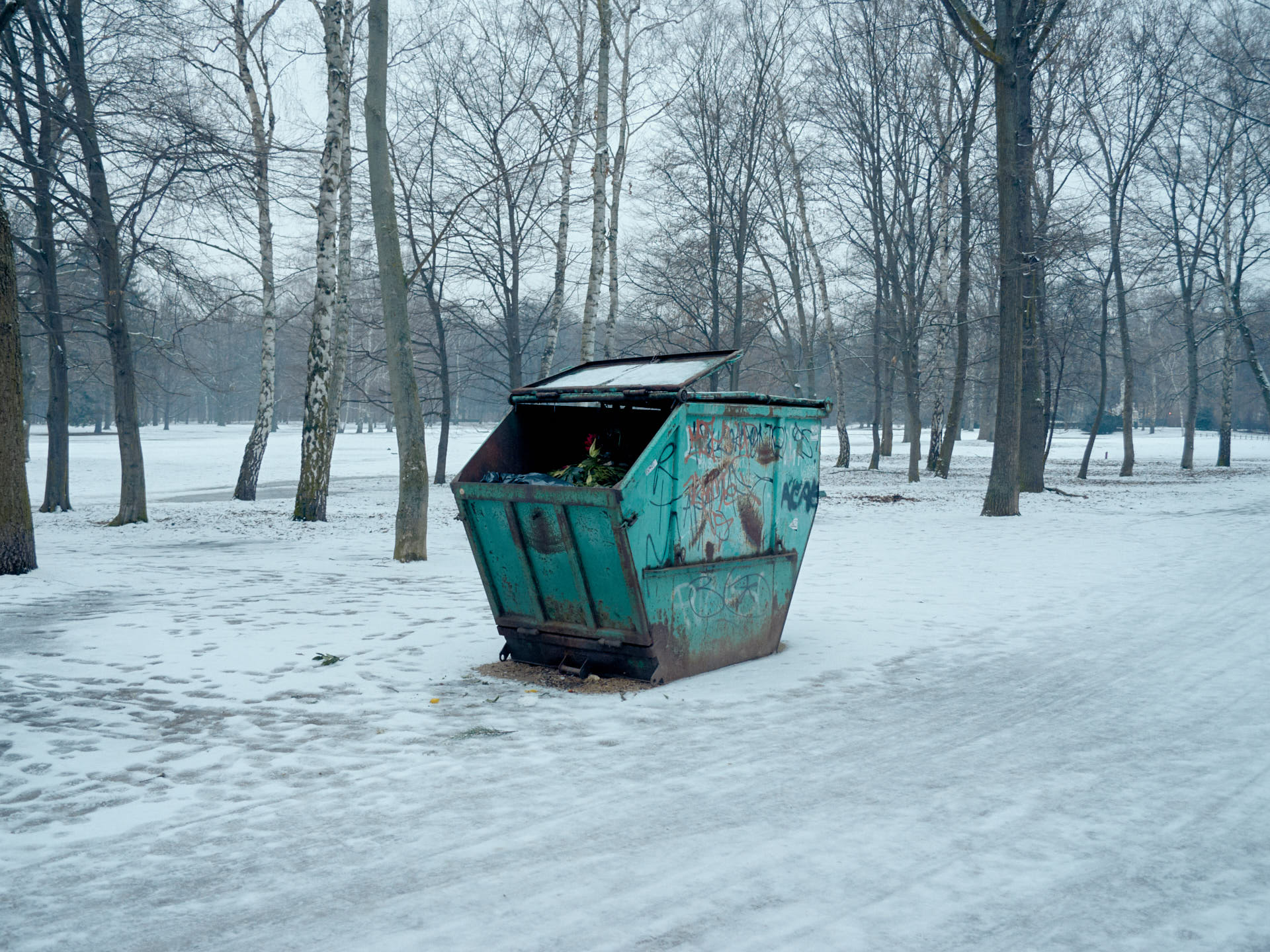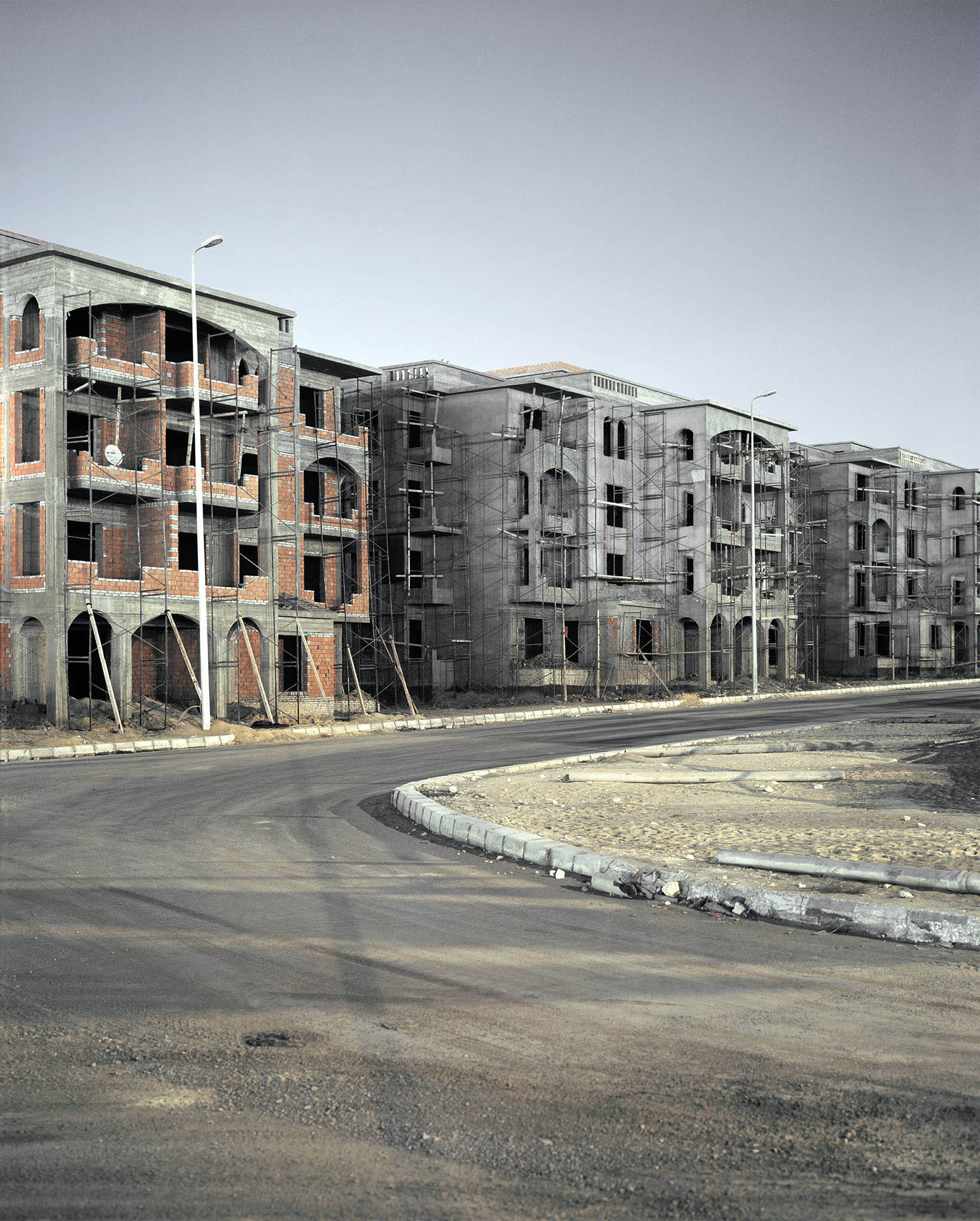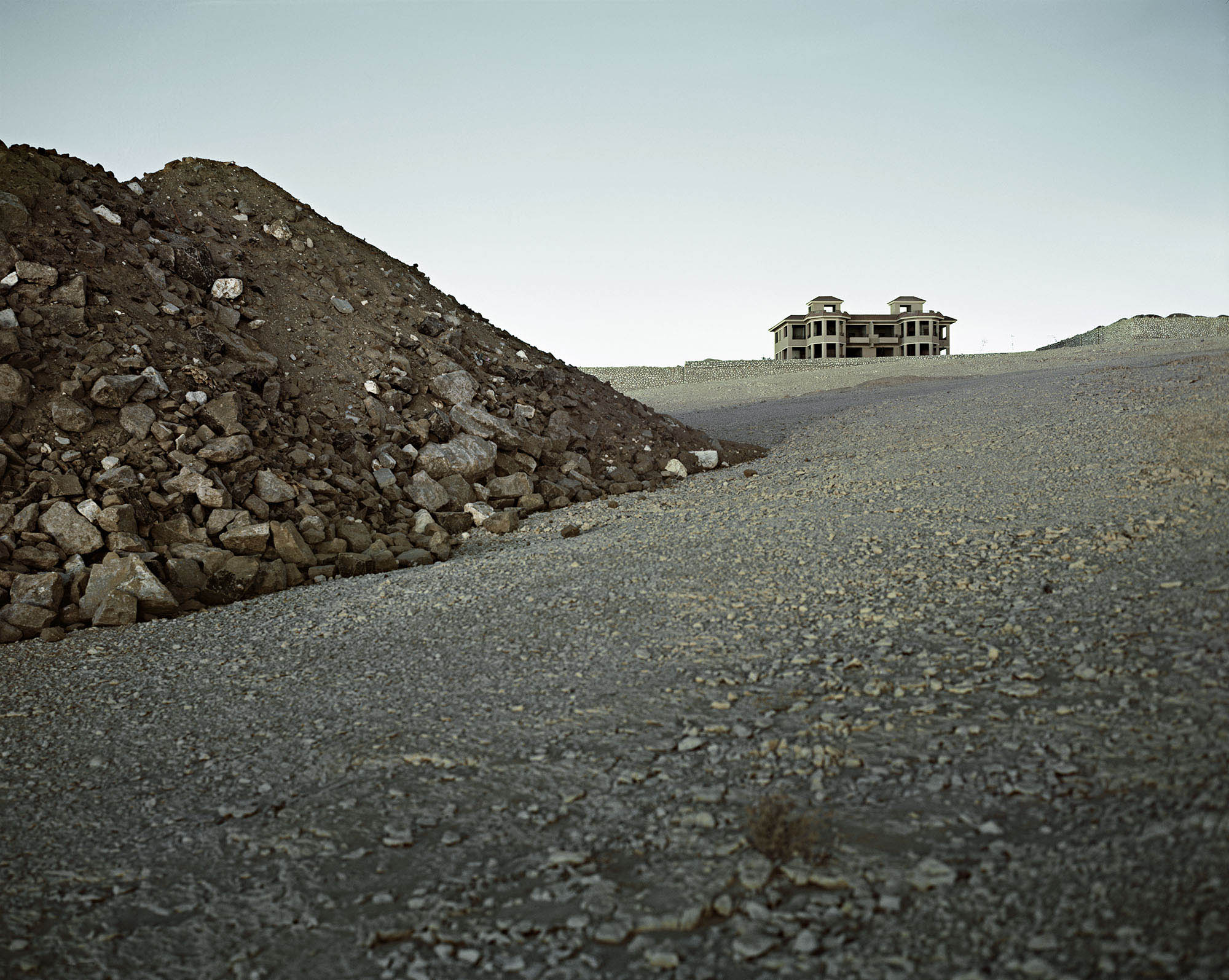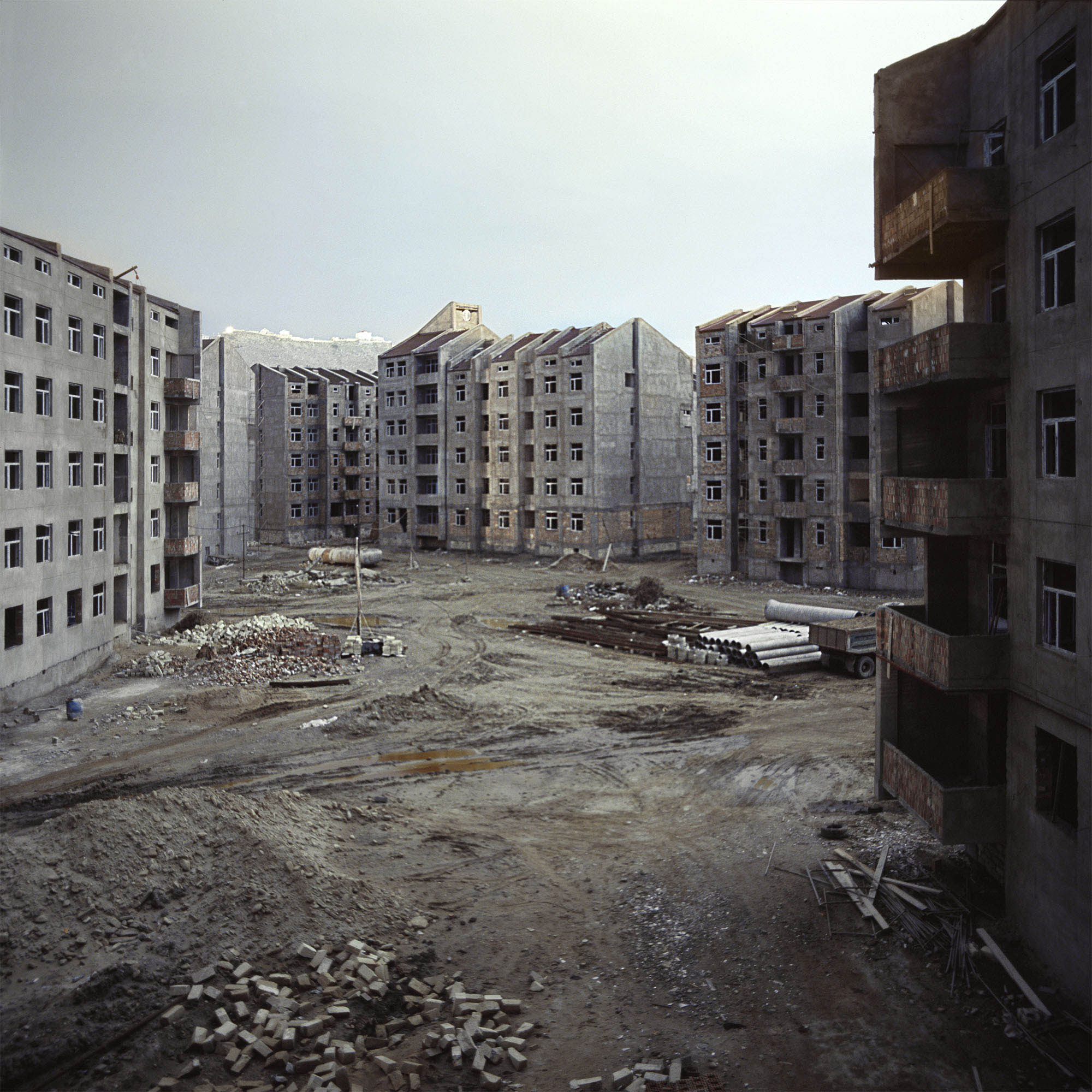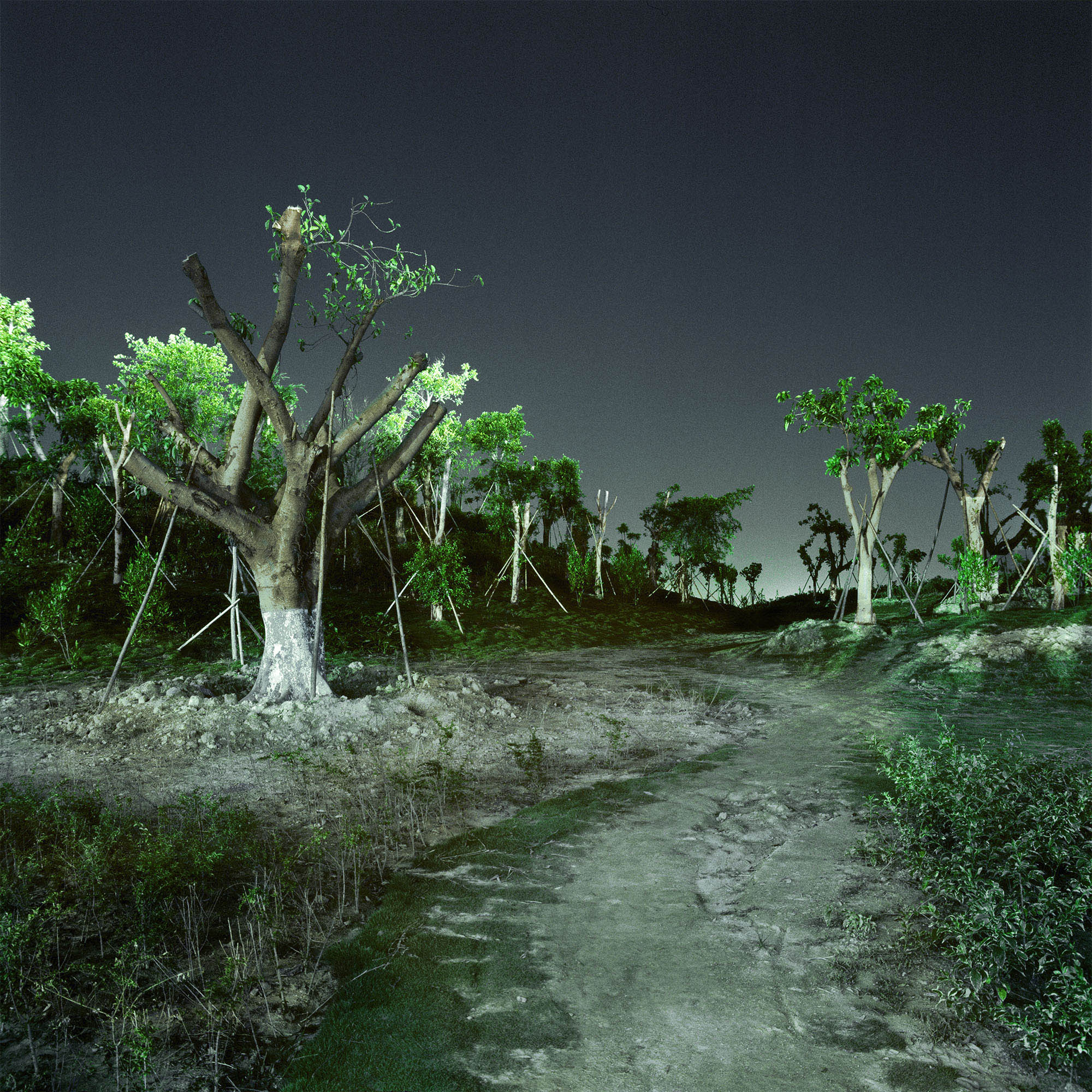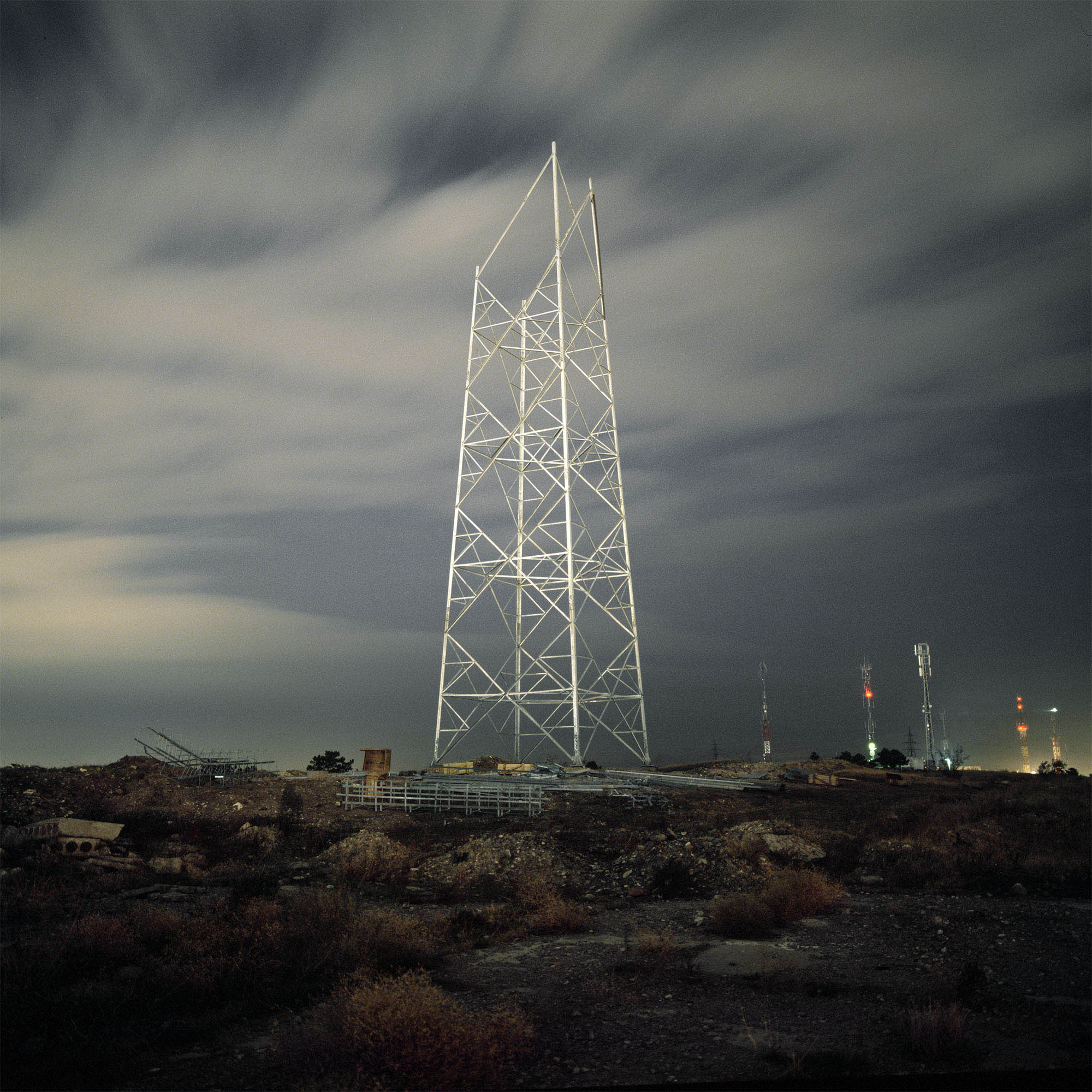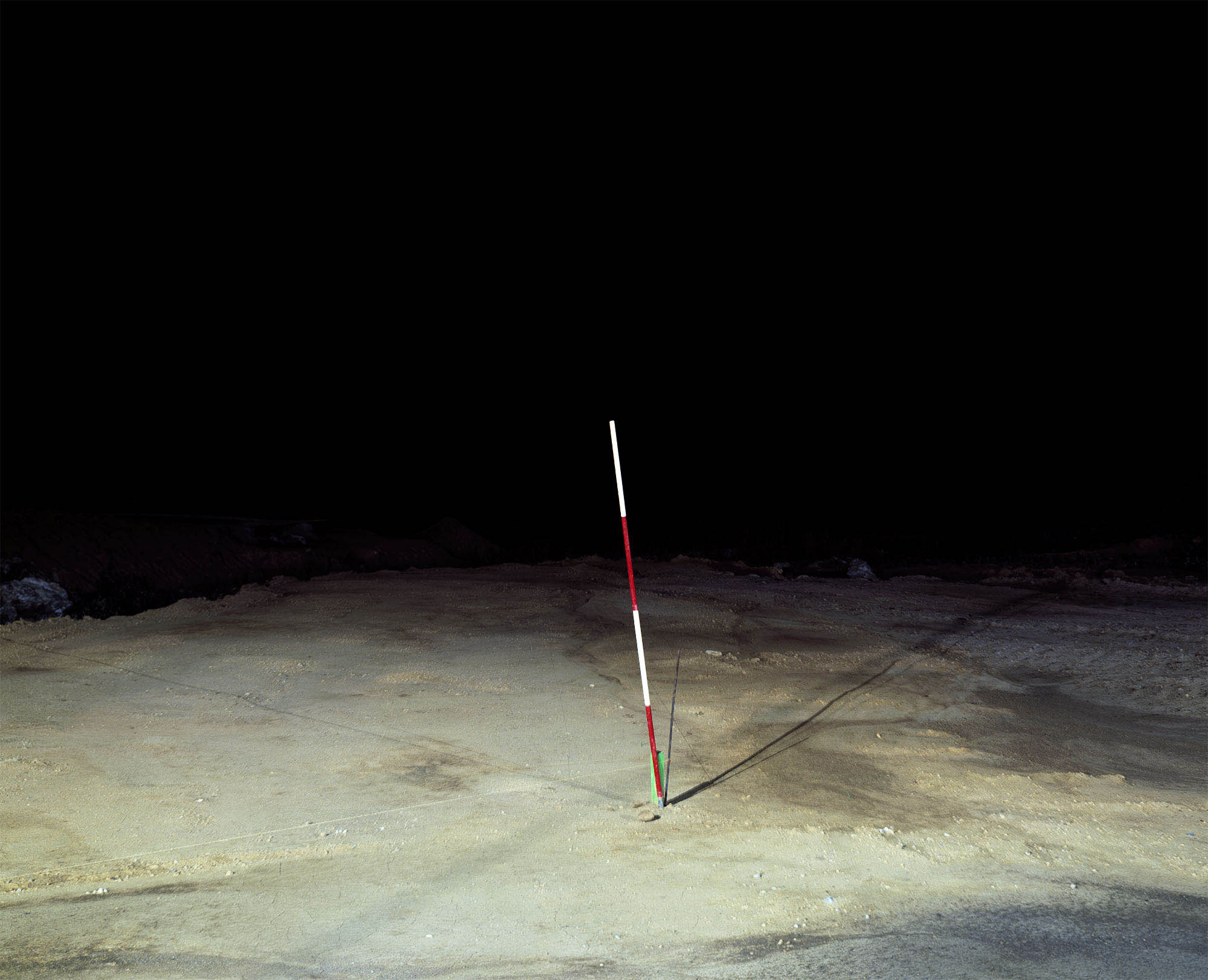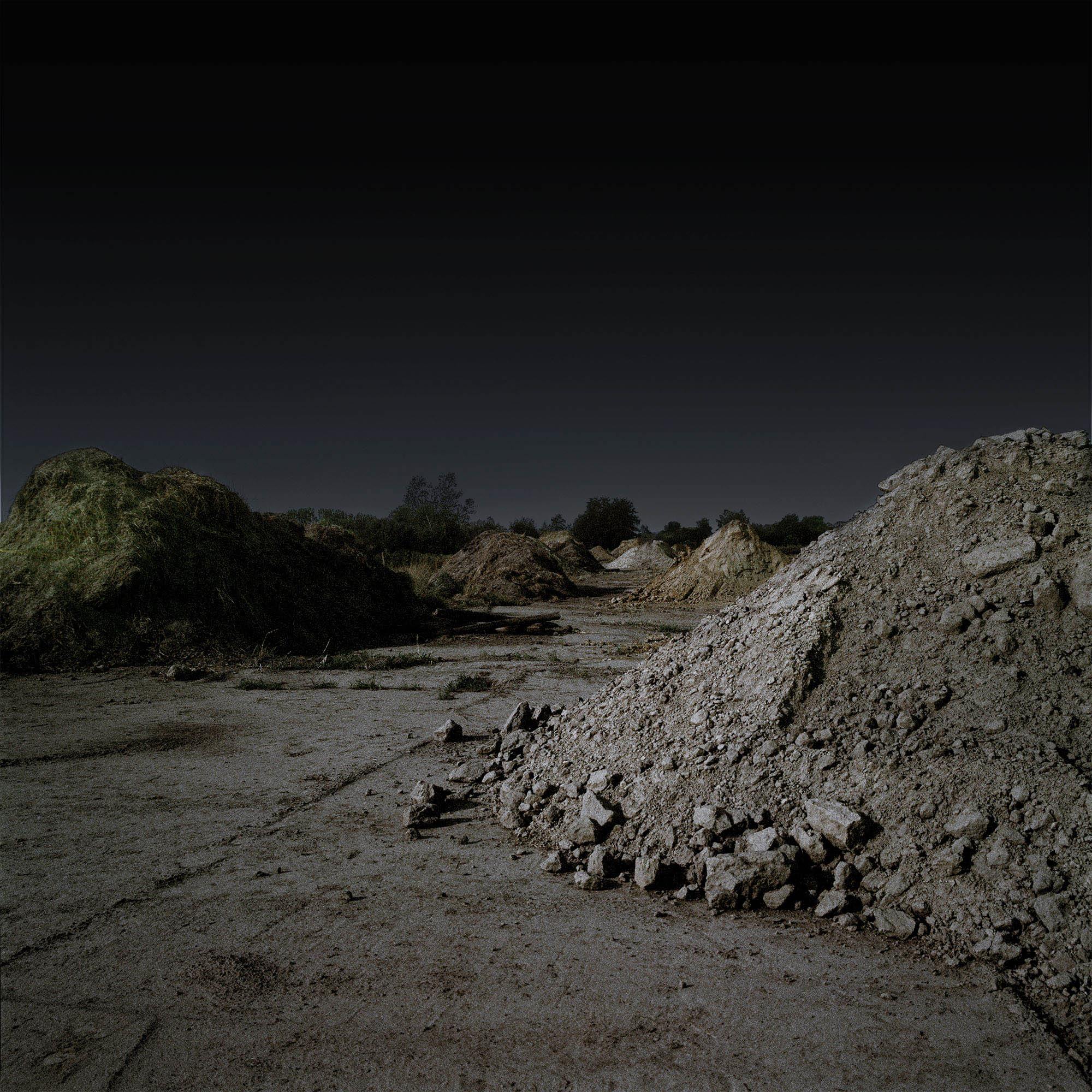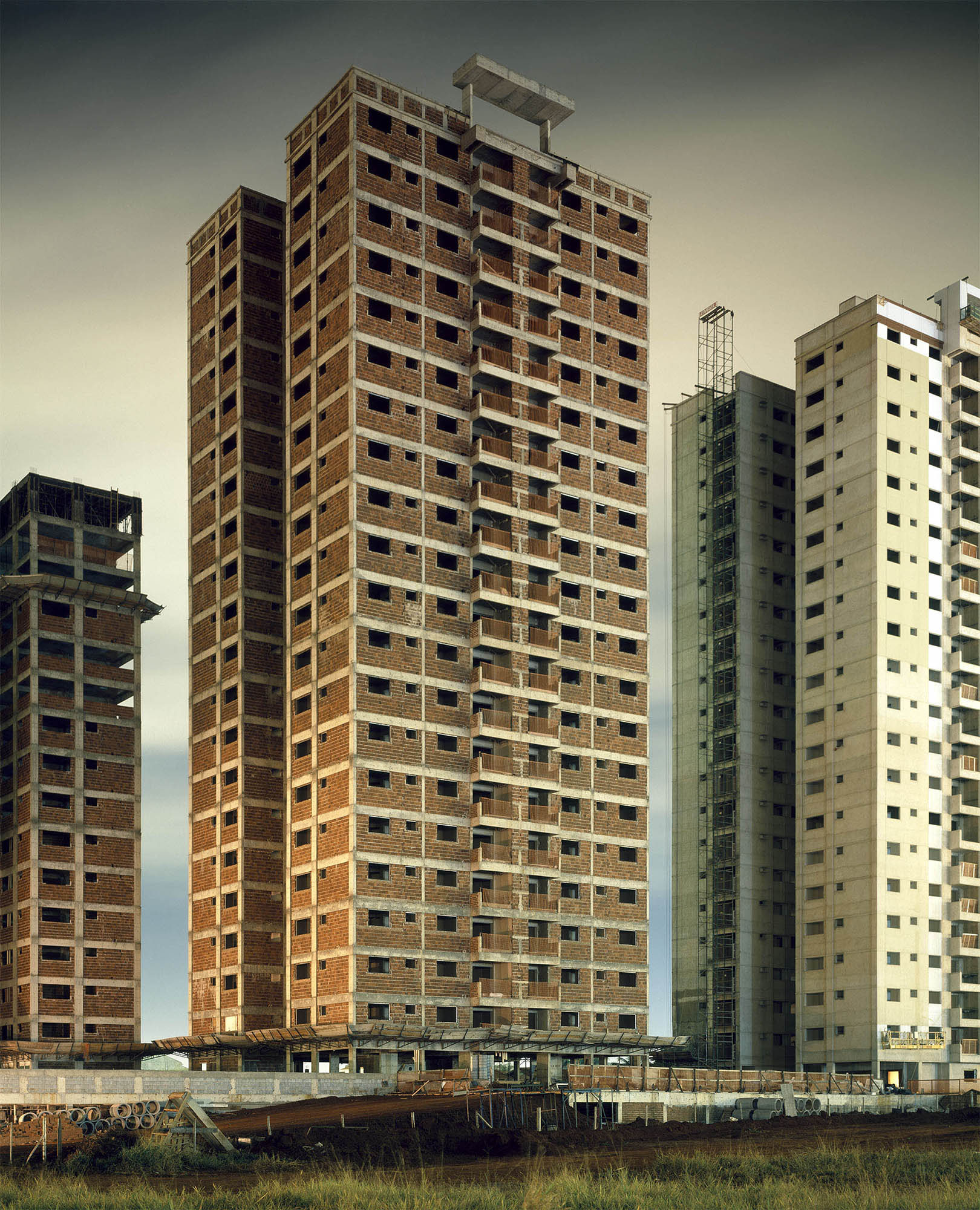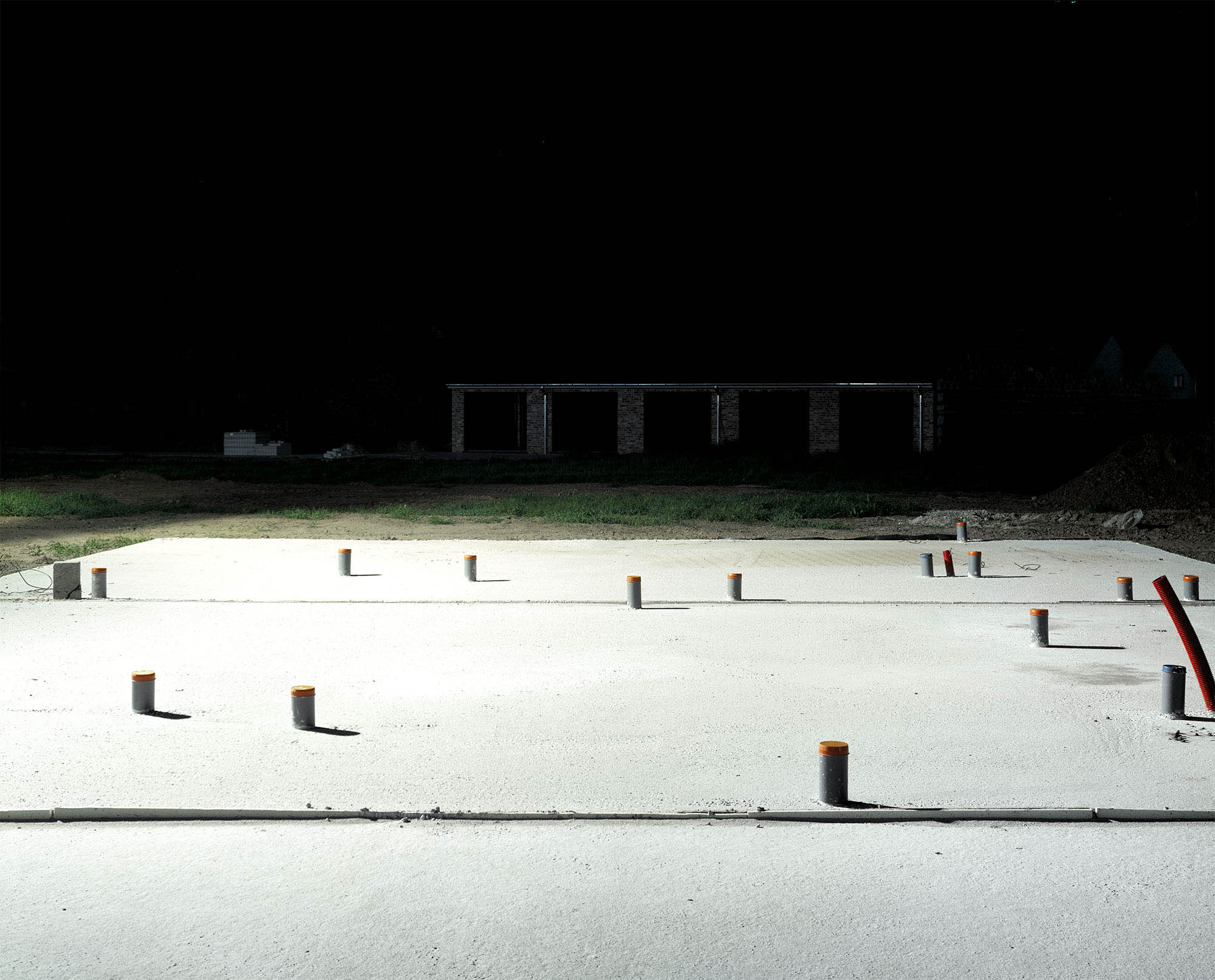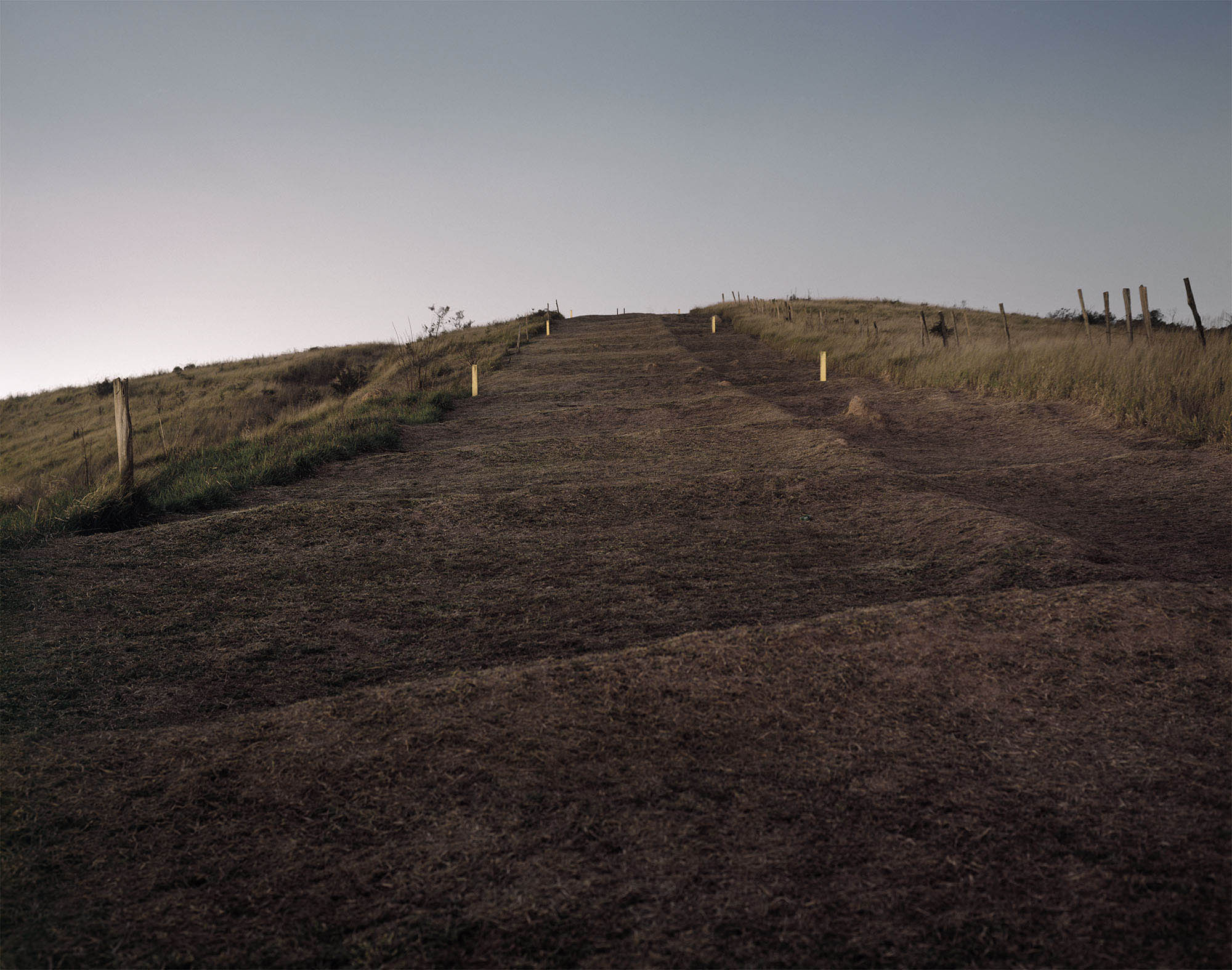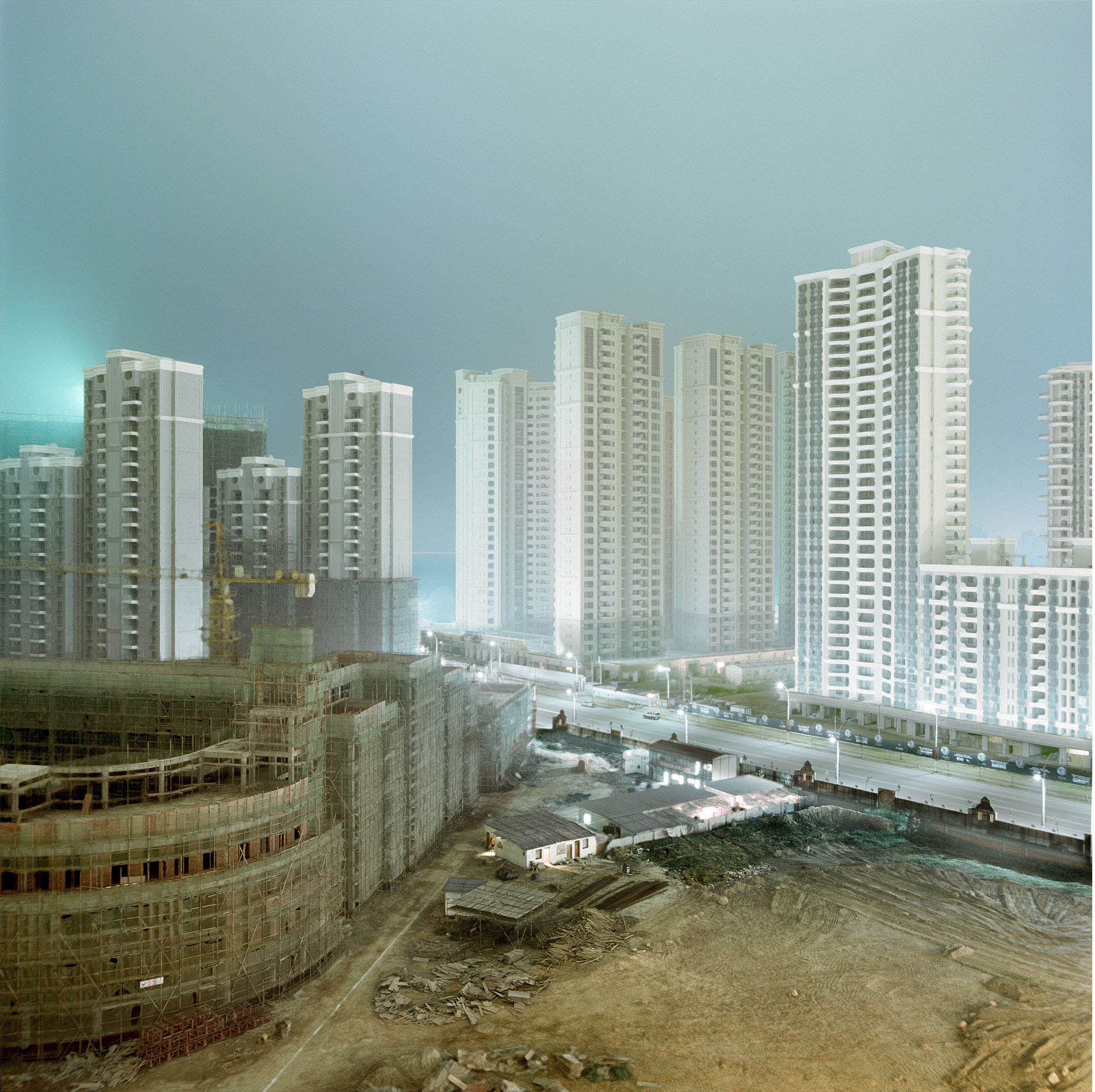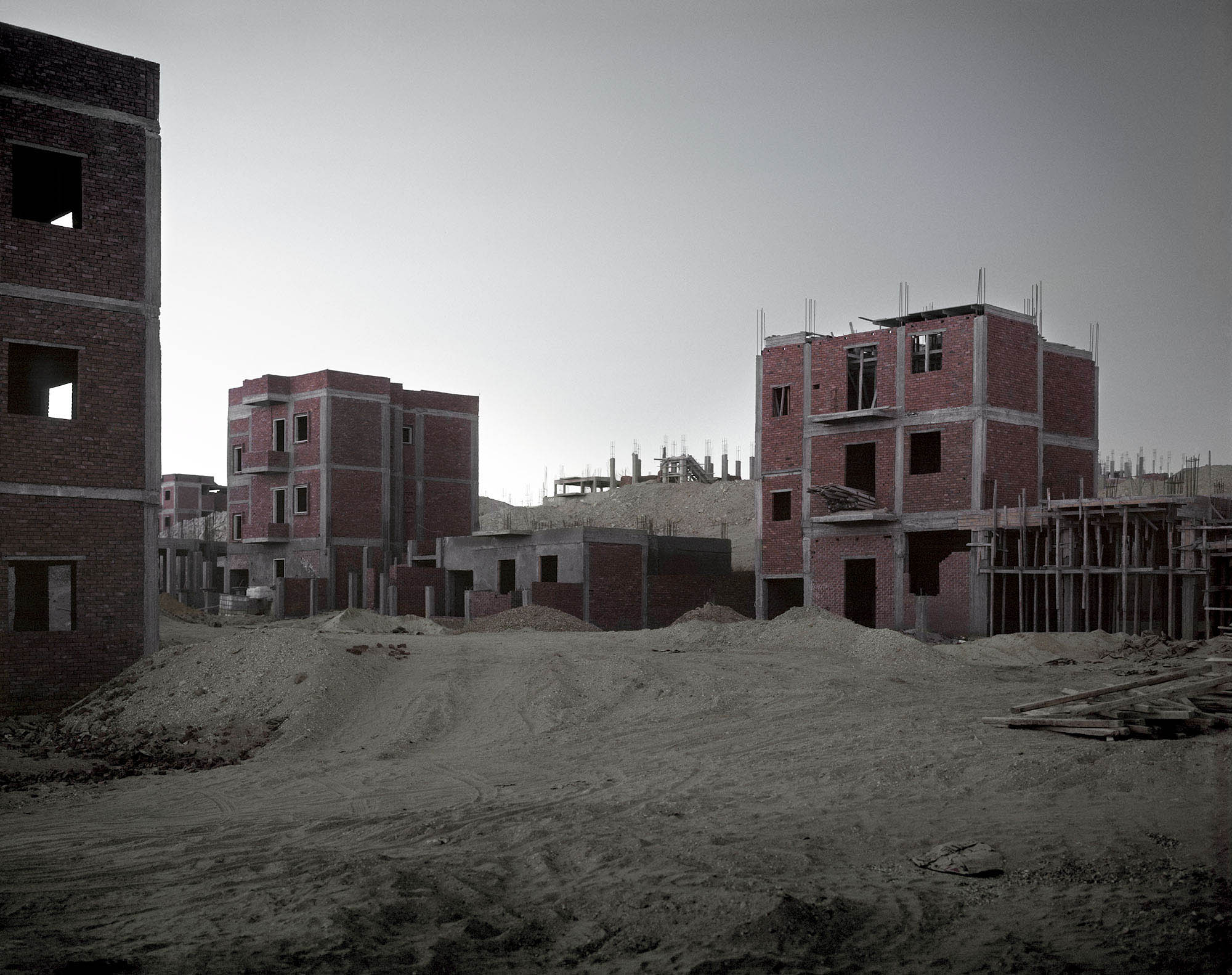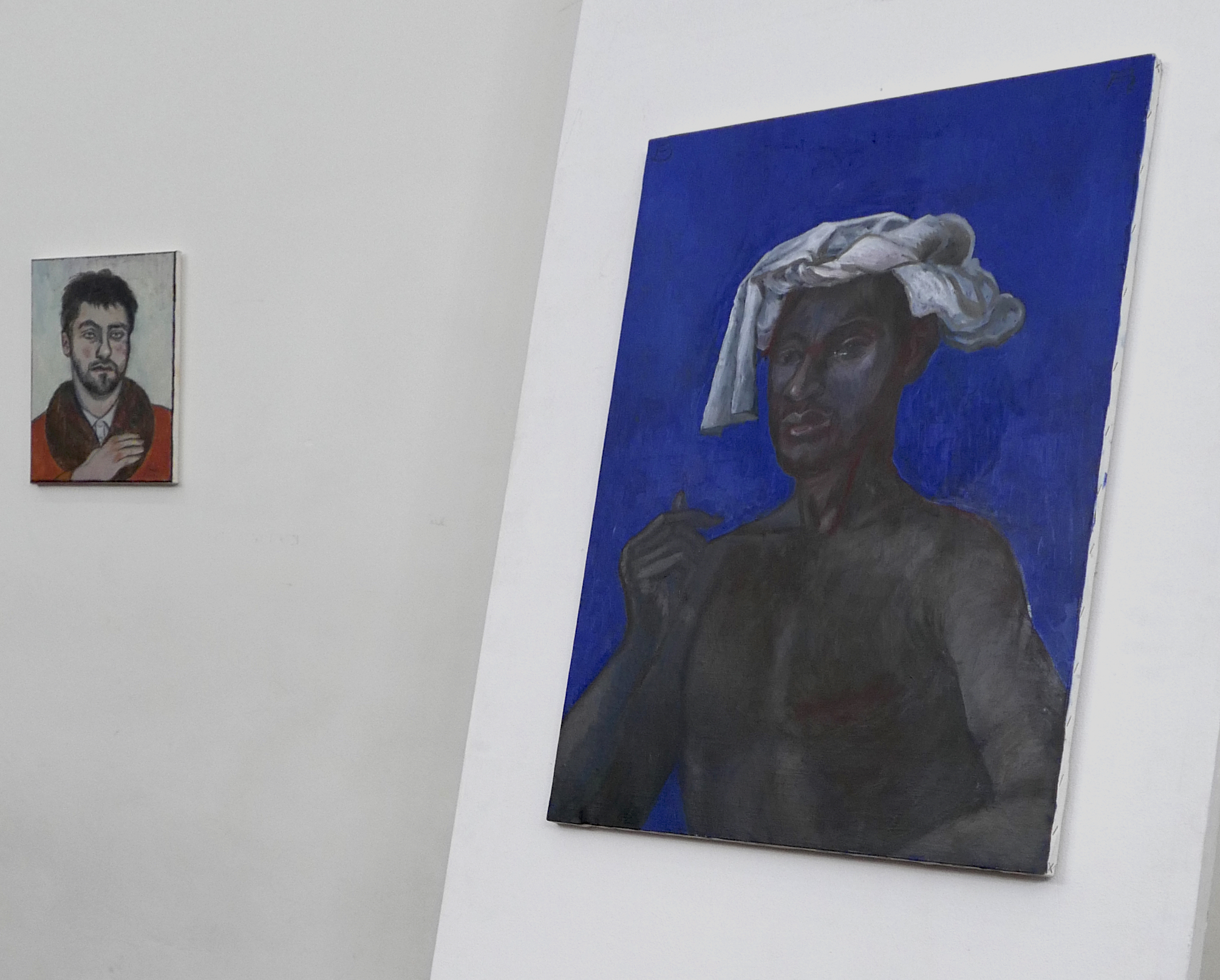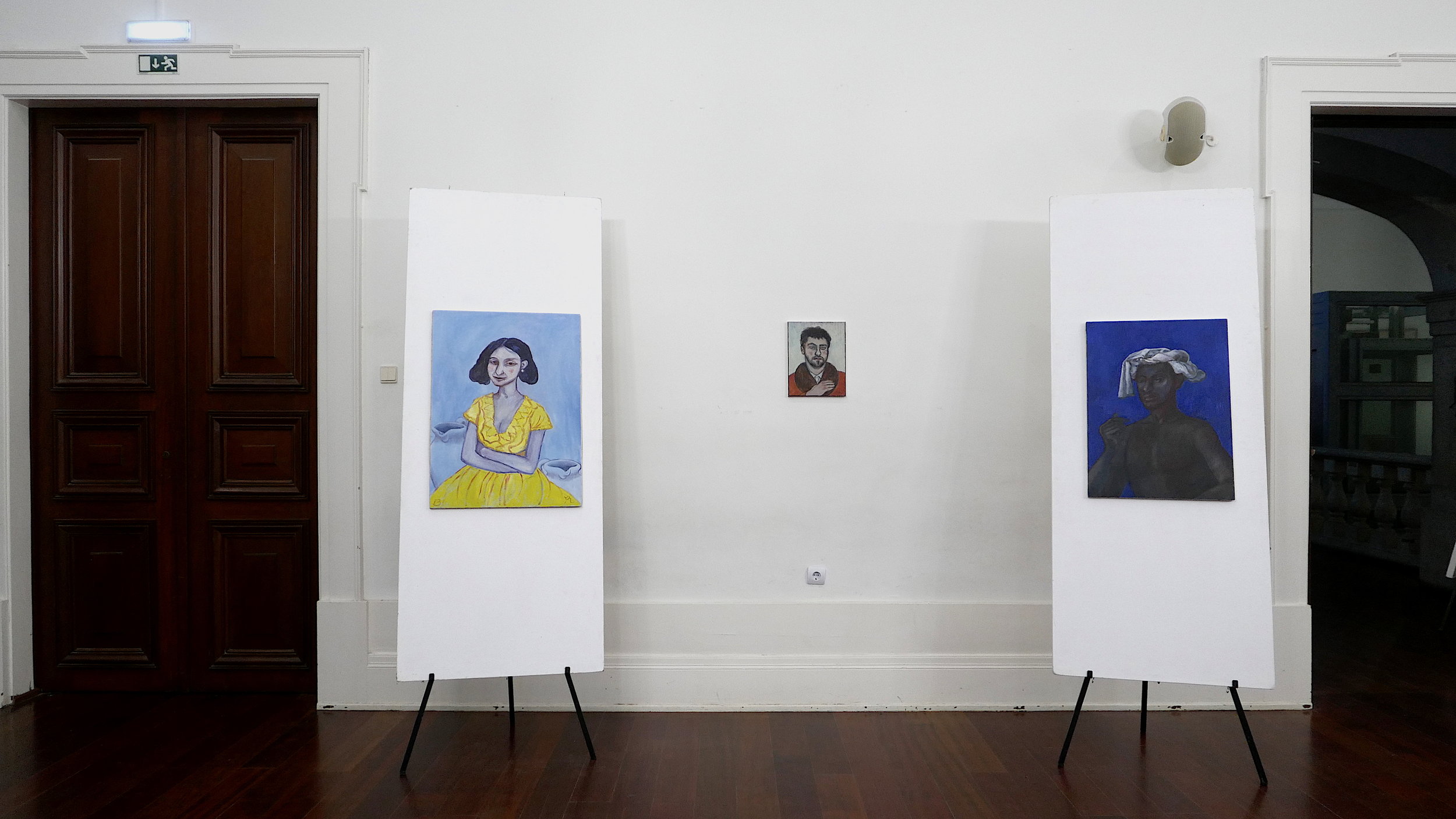APRESENTAÇÃO DO PROJETO DE INVESTIGAÇÃO VISUAL SPACES OF CHANGE (VSC) NA ESAD
Foi realizada na ESAD, dia 18 de Fevereiro a apresentação de um conjunto de iniciativas promovidas no âmbito do projeto Visual Spaces of Change (VSC). Isabel Clara Neves da Rocha, investigadora e doutorada em Arquitetura, deu início à sessão de apresentação do VSC, introduzindo este projecto enquanto iniciativa estratégica perante uma plateia composta por alunos pertencentes ao Mestrado de Design de Interiores, bem como por alguns membros do seu corpo docente, como Ana Cardoso e Marta Cruz.
O coordenador do projeto VSC, Pedro Leão Neto, enquadrou estes questionamentos no âmbito deste projeto de investigação, enfatizando o potencial da Fotografia e da Imagem para revelar aspetos identitários de comunidades, arquiteturas e territórios, tornando visíveis diferentes modos de apropriação e transformação que ocorrem no espaço urbano. Apoiado nos resultados preliminares deste projeto nas suas diversas vertentes, foram apresentadas diversas exemplos concretos de exploração criativa da fotografia e do desenho, suas potencialidades de comunicação com uso de tecnologias de informação, e o uso combinado da Imagem com diversas formas de expressão artística.
Neste contexto, foi apresentado também o Concurso internacional de ideias para a criação de um Expositor e Projetor Móvel para a exibição de projeto de fotografia contemporânea, cujo vencedor terá a oportunidade de construir e implementar o protótipo da solução escolhida para o projeto VSC. Foi ainda lançado o desafio a estudantes, artistas e investigadores a participar na candidatura aberta para participação no 1º workshop sobre Percursos Alternativos: Arquitectura, Fotografia e Dança.
A apresentação pública destas iniciativas pretende assim contribuir para abrir caminhos inovadores de investigação e comunicação visual sobre arquitetura e espaço público, com foco em dinâmicas emergentes de transformação urbana, através da produção de narrativas visuais sobre como as diferentes arquiteturas, espaços e territórios da U.P. são utilizados, vividos e transformados pelas diversas pessoas, culturas e grupos sociais que a constituem enquanto sociedade ativa e participante no processo de constante formação e transformação da sua identidade colectiva.
O amplo espectro de representantes das várias faculdades da U.P que participaram desta apresentação pública demonstram o interesse suscitado por esta iniciativa, que deu espaço no final da sucessão a contributos diversos mas convergentes quanto à vontade de abrir cada vez mais a academia à sociedade, contribuindo assim para ampliar a capacidade da Universidade para participar na vida cultural da cidade do Porto e projetar os seus valores culturais e património socioambiental à escala regional e internacional.
Fotografia por Eduardo Silva
Texto por José Barbedo

